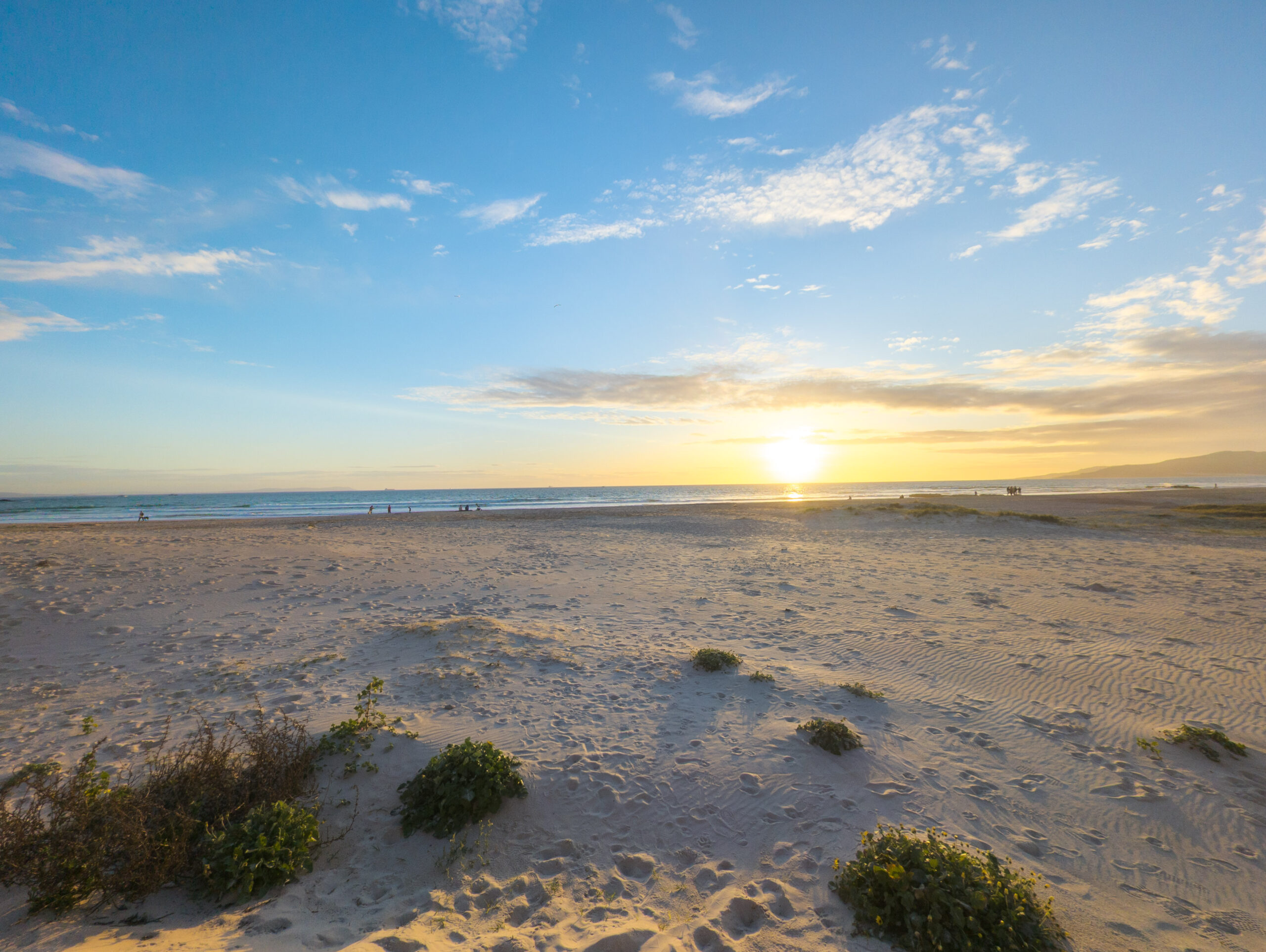Swapping the snow-capped peaks of Switzerland for the sun-drenched landscapes of Southern Spain is always a bit of a shock to the system, but in the best way possible. My Andalusian adventure kicked off with a pre-dawn start, a slightly chaotic 6:30 AM bus catch after some last-minute packing I hadn’t managed the night before, and a flight delayed by an hour due to strong Bise winds. Yet, that delay gifted me one last, breathtaking panorama of the Swiss lakes – Zurich, Zug, Thun, Geneva – shimmering below, the lowlands already green while the majestic Alps remained defiantly snow-capped. It was a view so beautiful it almost made me question why I was leaving such a stunning home. But the promise of Spanish sun, rich history, tapas, and the ultimate goal – reaching the legendary windy shores of Tarifa – propelled me forward.
Landing in Malaga around 10:40 AM, I was immediately struck by how green everything was in early April. I’d pictured Andalusia as more yellow and arid, but this time of year paints the landscape in surprisingly vibrant hues. The adventure began properly after navigating the efficient Malaga airport (no passport check needed for my entry, surprisingly streamlined!) and picking up my rental car. Mental Note & Tip: Sort out international data before landing next time! My phone stubbornly refused to connect, leaving me temporarily map-less.
This post details the first leg of my journey: exploring the historical heart of Andalusia, navigating stunning mountain roads, soaking in the diverse landscapes, and the gradual, exciting approach to Tarifa.
What’s in this post:
- Malaga: First Impressions, SIM Card Wins & Must-See Fortresses
- Coastal Charms & Cave Wonders: Nerja, Frigiliana & Beyond
- The Thrill of the Caminito del Rey: History & Heights
- Ronda’s Dramatic Beauty, Bullrings & A Lively Night in Algeciras
- A Quick Jaunt to British Territory: Gibraltar’s Rock & Realities
- The Scenic Drive to Tarifa: Anticipation Builds
Malaga: First Impressions, SIM Card Wins & Must-See Fortresses
Navigating into Malaga city without GPS was a minor victory. I ditched the car near a hospital (pro tip: street parking combined with a short local bus ride can often be cheaper and far less stressful than tackling congested city centre parking garages!) and checked into the vibrant Urban Jungle Hostel. Thankfully, they had a spare bed in an 8-person dorm, a cool, social space buzzing with traveller energy. First mission: connectivity! The super helpful Argentinian girl at reception pointed me towards an Orange store. Success! For €20, I secured a SIM card with unlimited data and calls. Having pre-downloaded offline Google Maps for Malaga proved invaluable, making navigating the unfamiliar streets to the phone shop surprisingly easy. Second mission: explore!
Malaga itself had a couple of surprises. Firstly, the prevalence of German – from my fellow hostel guests (almost exclusively German backpackers, it seemed) to even official-looking signs and tourist information – was unexpected. It lent an oddly familiar air to this distinctly Spanish city.
With the sun shining brightly, perfect T-shirt weather beckoned. I headed straight for the Gibralfaro Castle (Castillo de Gibralfaro). Perched majestically high above the city, this 14th-century fortress, built by Yusuf I of Granada, offers truly stunning panoramic views encompassing Malaga’s bustling port, the sprawling cityscape, and the sparkling Mediterranean coastline. Its primary purpose was to house troops and protect the Alcazaba situated below, connected by a fortified passage. Walking along its well-preserved ramparts, peering through ancient battlements, felt like stepping back in time. I easily spent two hours up there, breathing in the sea air, letting the incredible views melt away the accumulated stress of recent weeks before heading down for a revitalizing stroll along La Malagueta beach.
The next morning, April 3rd, dawned with a gloomy forecast. However, a welcome dry window between 9 and 11 AM presented a perfect opportunity to visit the Alcazaba. This palatial fortification stands as one of Malaga’s most significant landmarks, a breathtaking example of Moorish military architecture dating primarily from the 11th century under the Hammudid dynasty, built upon earlier Phoenician-Punic ruins. Because I arrived early and the less-than-perfect weather deterred crowds, I had the intricate courtyards, defensive towers, and serene gardens almost entirely to myself – it truly felt like a personal discovery mission, wandering through centuries of history. The Alcazaba has seen much action; after the Christian Reconquista, it continued its military function. Later, during the Peninsular War, it was occupied by French Napoleonic troops and subsequently suffered damage and neglect before significant restoration efforts in the 20th century brought it back to its current impressive state. You can trace these layers of history in its architecture, a blend of Roman column remnants, Moorish ingenuity, and later modifications.
- Pro Tip: Don’t skip the free QR code audio guides! They were incredibly informative, offering deep dives into the Alcazaba’s complex history, architectural features (like the characteristic horseshoe arches and intricate tilework), and the daily life within its walls. Plus, the student entry fee was a steal at around €3!




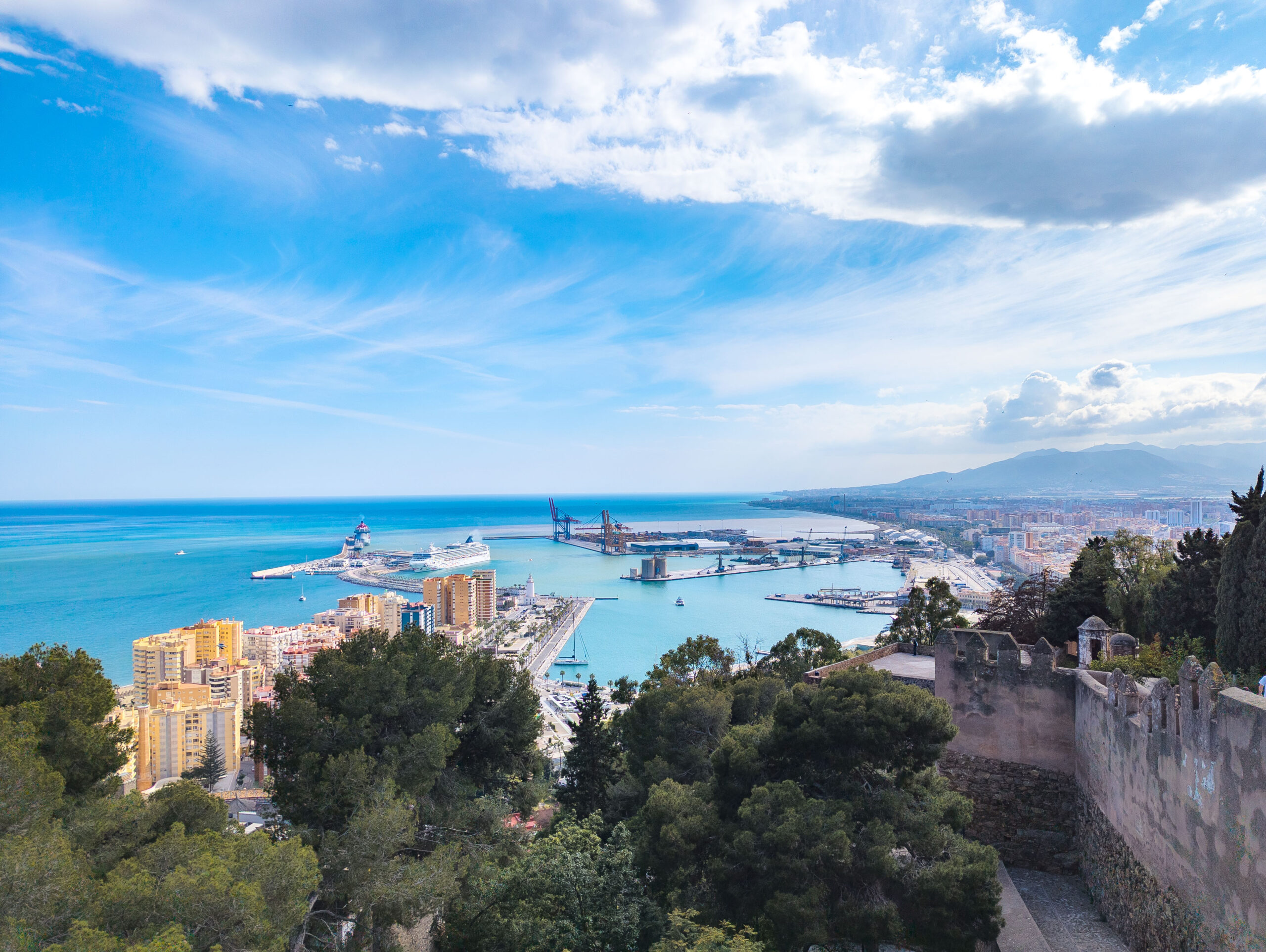
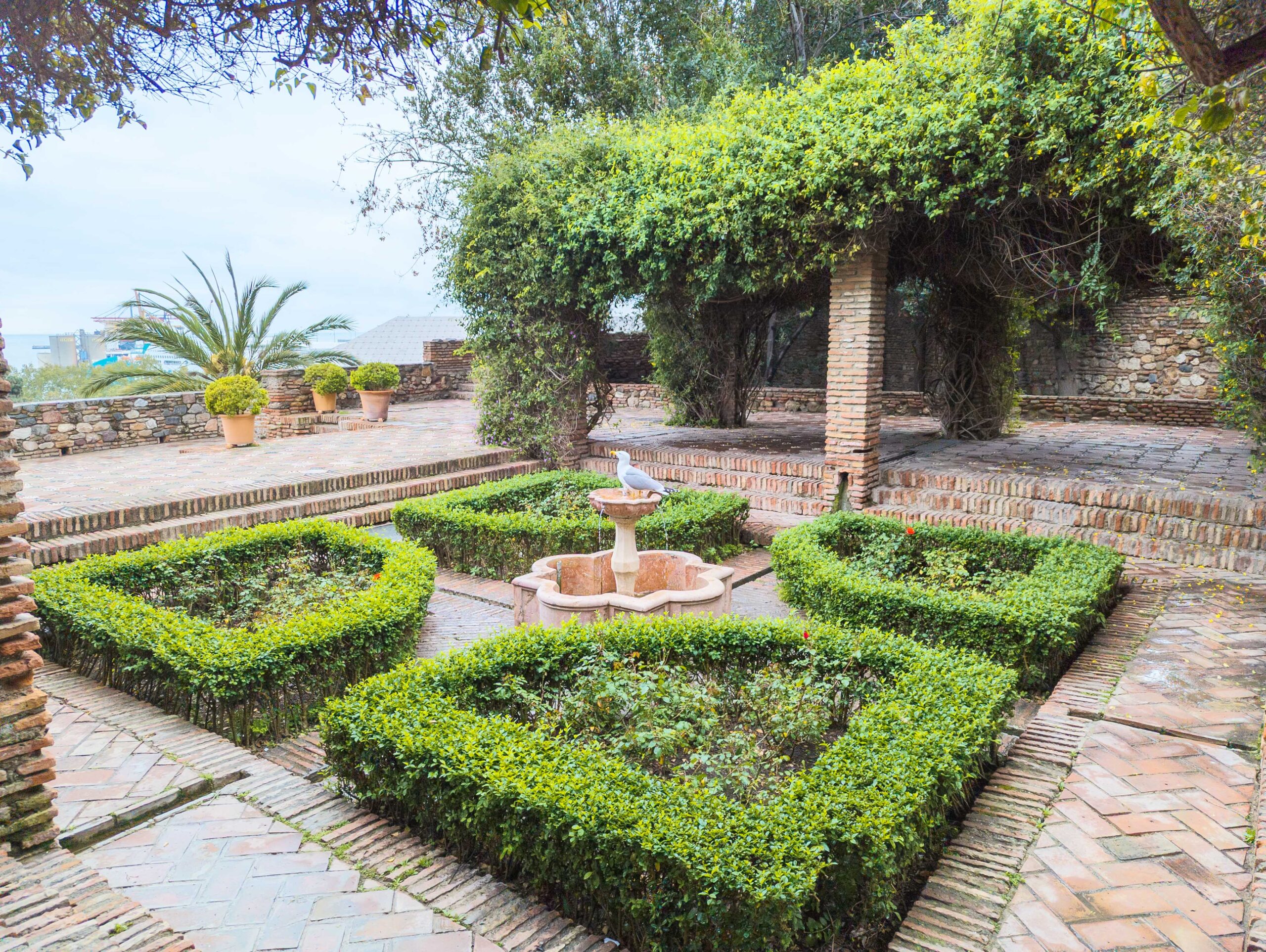
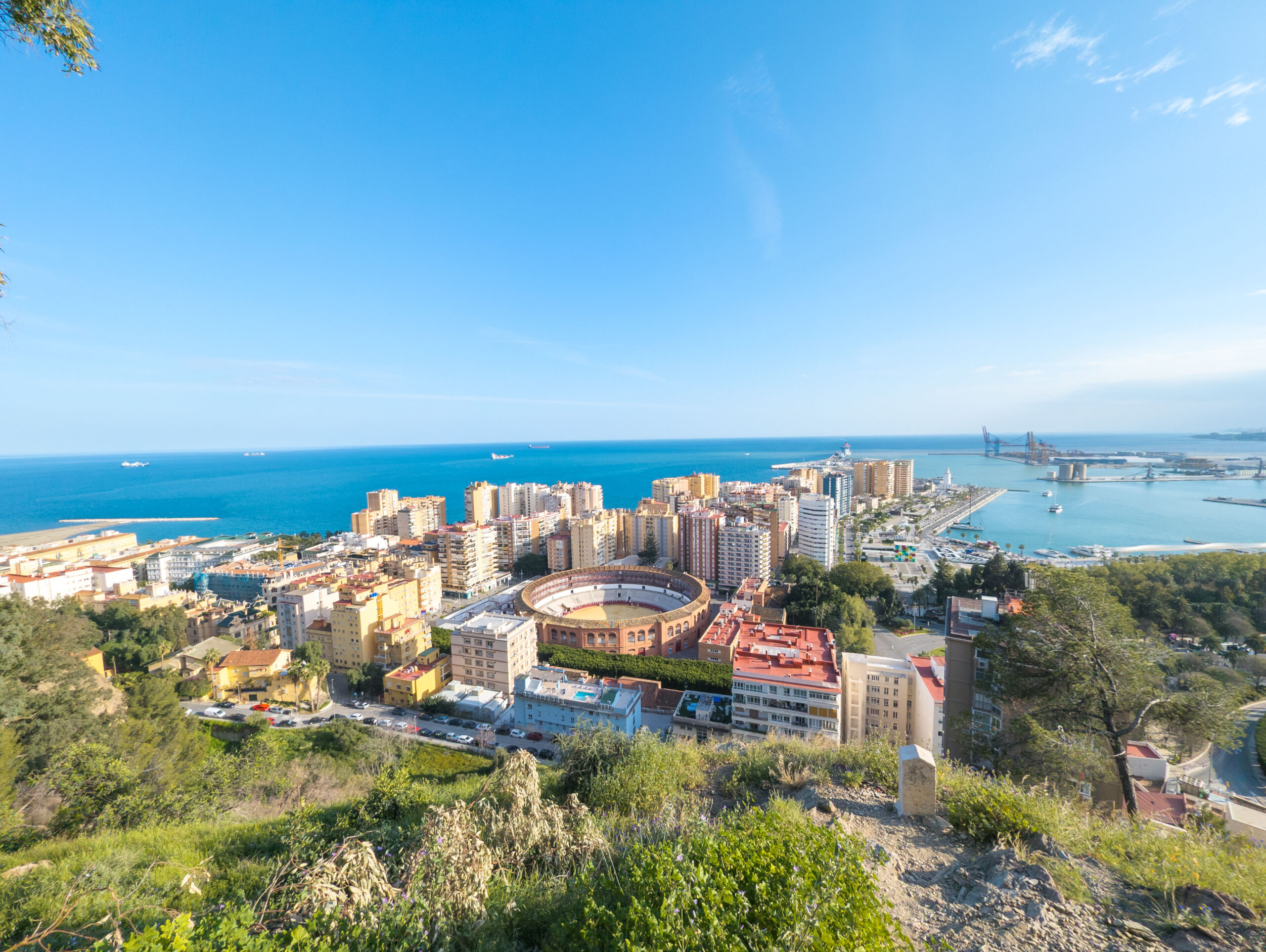
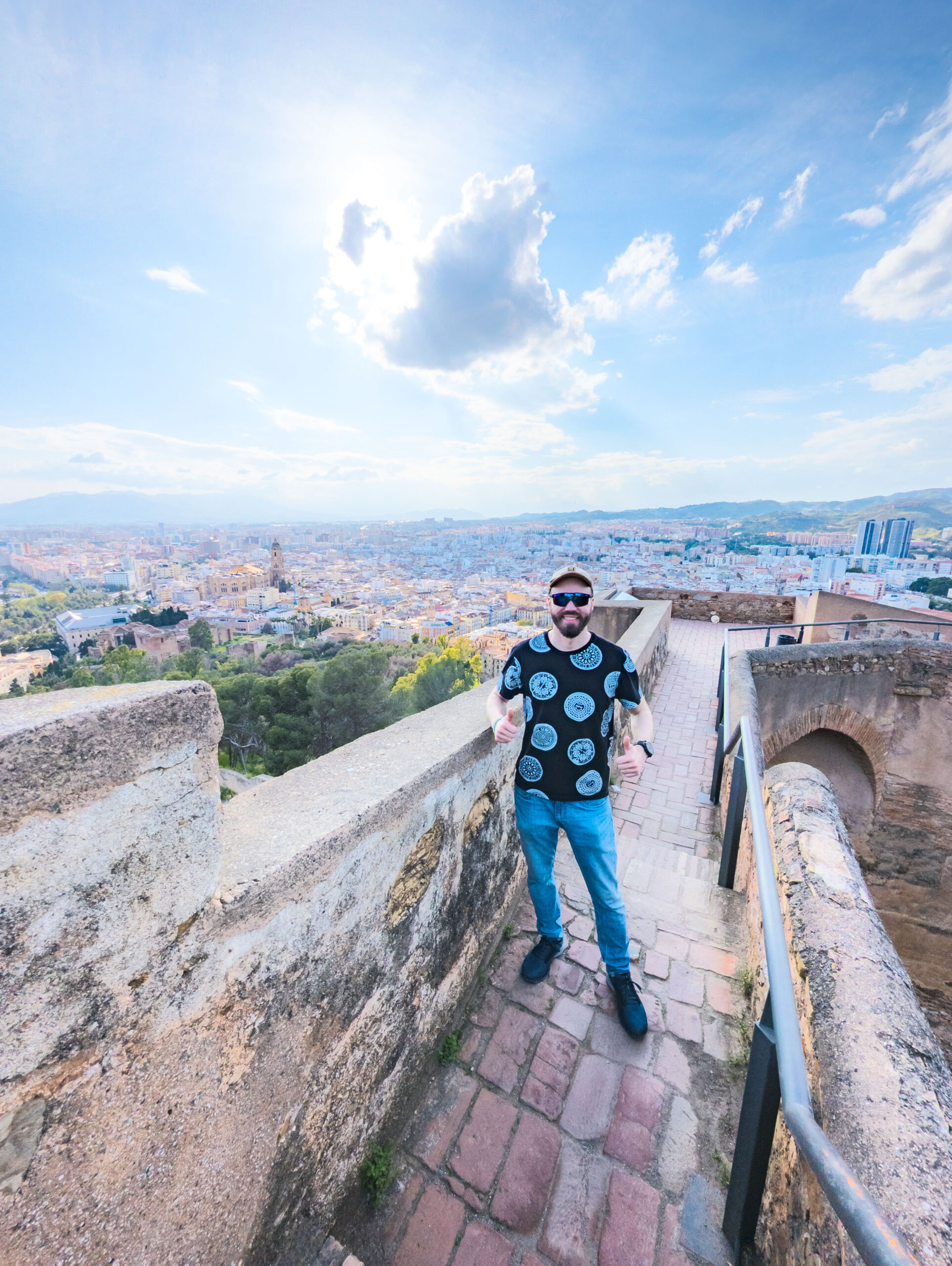
Coastal Charms & Cave Wonders: Nerja, Frigiliana & Beyond
Leaving Malaga’s history behind, I pointed the car east towards Nerja, renowned for its dramatic coastline and spectacular caves. The Caves of Nerja (Cuevas de Nerja) did not disappoint. These are vast and deeply impressive, a natural cathedral formed by a series of huge interconnected caverns stretching for almost five kilometres underground. Accidentally discovered in 1959 by a group of local youths chasing bats, they contain some of the most spectacular stalactites and stalagmites I’ve ever seen, including the central column in the Cataclysm Hall, renowned as one of the world’s largest natural pillars. The caves also hold significant archaeological value, housing Neanderthal remains and cave paintings potentially dating back over 40,000 years. However, visitors don’t typically see these ancient paintings on the standard tour; they are kept in darkness and restricted areas to preserve them from light damage and environmental changes. Still, the sheer scale and geological beauty of the main chambers (Sala de Belén, Sala del Cataclismo) make it a fascinating and humbling glimpse into Earth’s deep past.
From the subterranean world of Nerja, I took a scenic detour inland to the picturesque pueblo blanco (white village) of Frigiliana. Nestled dramatically in the foothills of the Sierra Almijara, just a few kilometres from the coast, it’s frequently cited as one of Spain’s most beautiful villages. With its incredibly steep, winding cobbled streets forming a maze through the old Moorish upper quarter, whitewashed houses adorned with vibrant geraniums spilling from colourful flowerpots, and stunning panoramic views back towards the Mediterranean, Frigiliana certainly lives up to its reputation. I drove up to a designated viewpoint (mirador) for the classic postcard shot, then spent a delightful hour wandering through its charming, flower-decked centre, soaking in the peaceful atmosphere.
My overnight stay was in an Airbnb back in Nerja. While convenient, the town itself felt distinctly geared towards an older demographic; honestly, it felt a bit like a retirement community. Even the bar recommended as the “most popular” was half-empty on a weeknight. I chatted with a few locals, but they seemed surprisingly clueless about activities or sights beyond their immediate watering hole, reinforcing my impression of a town perhaps resting a little too comfortably on its laurels.
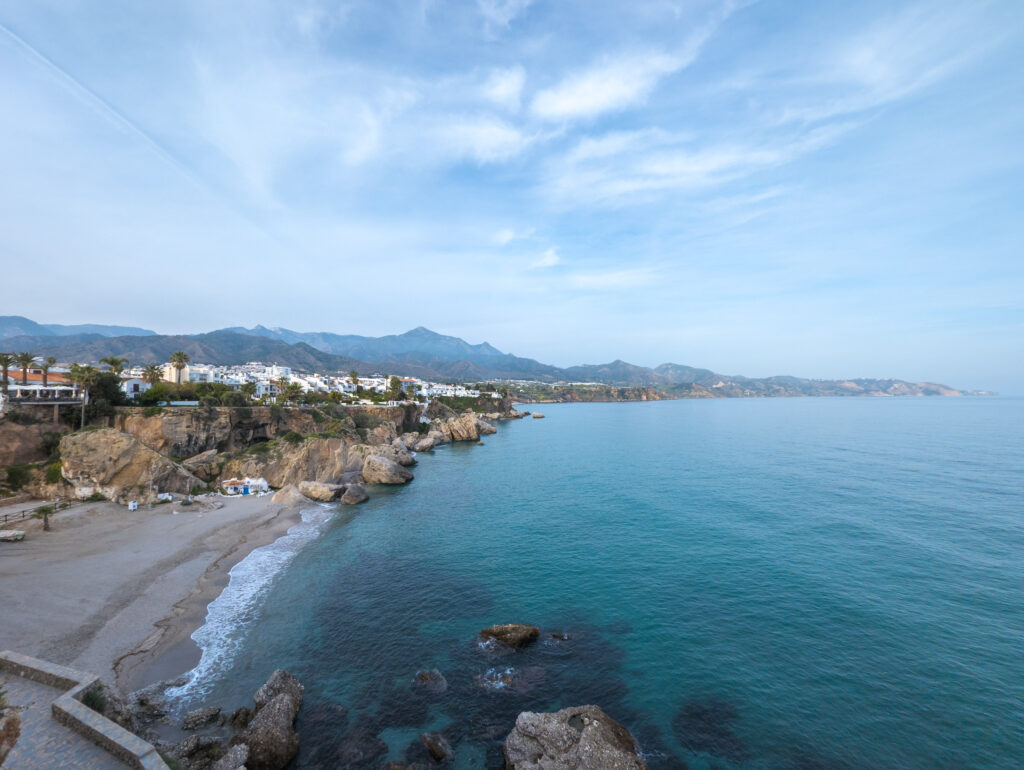

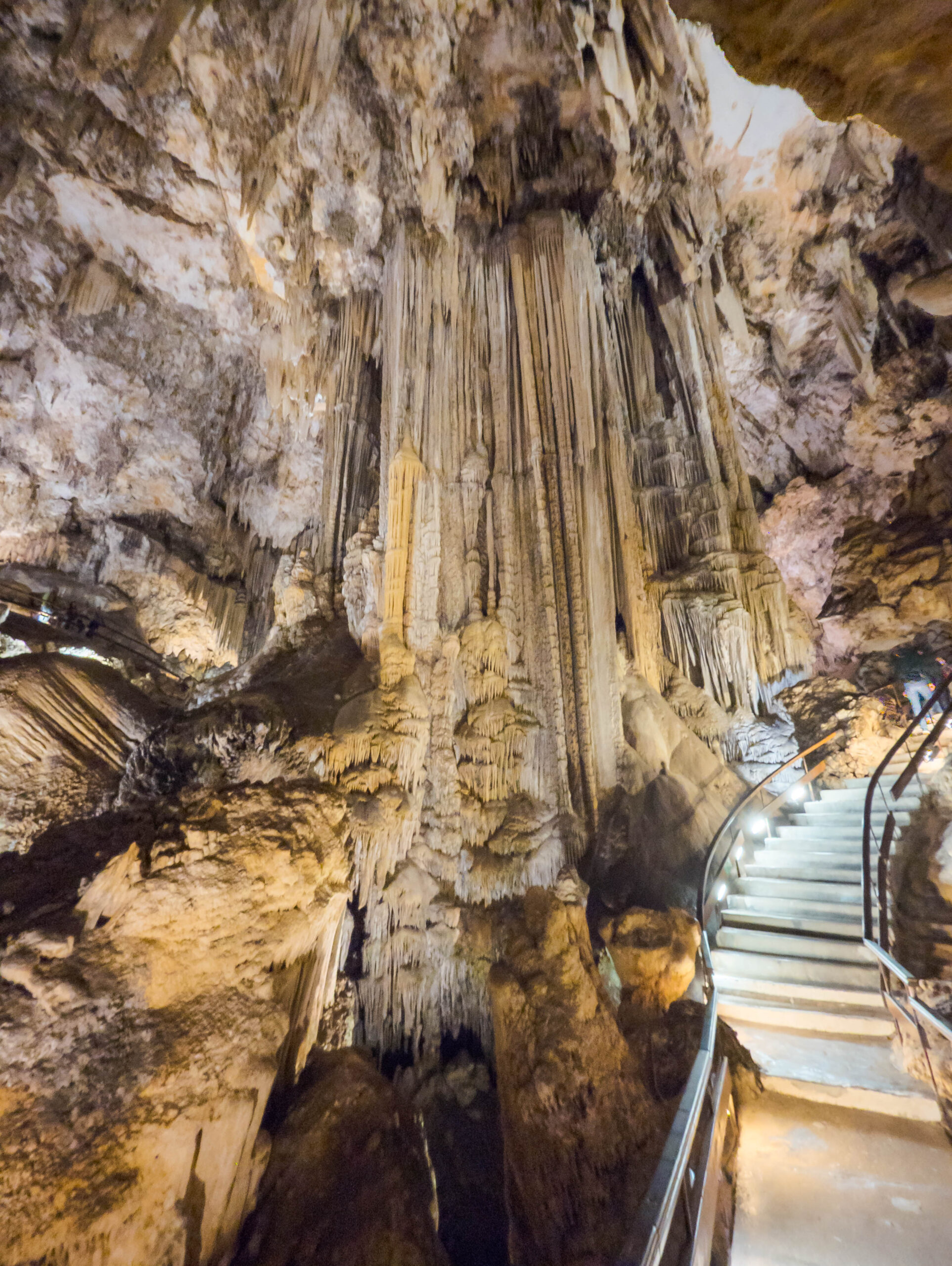
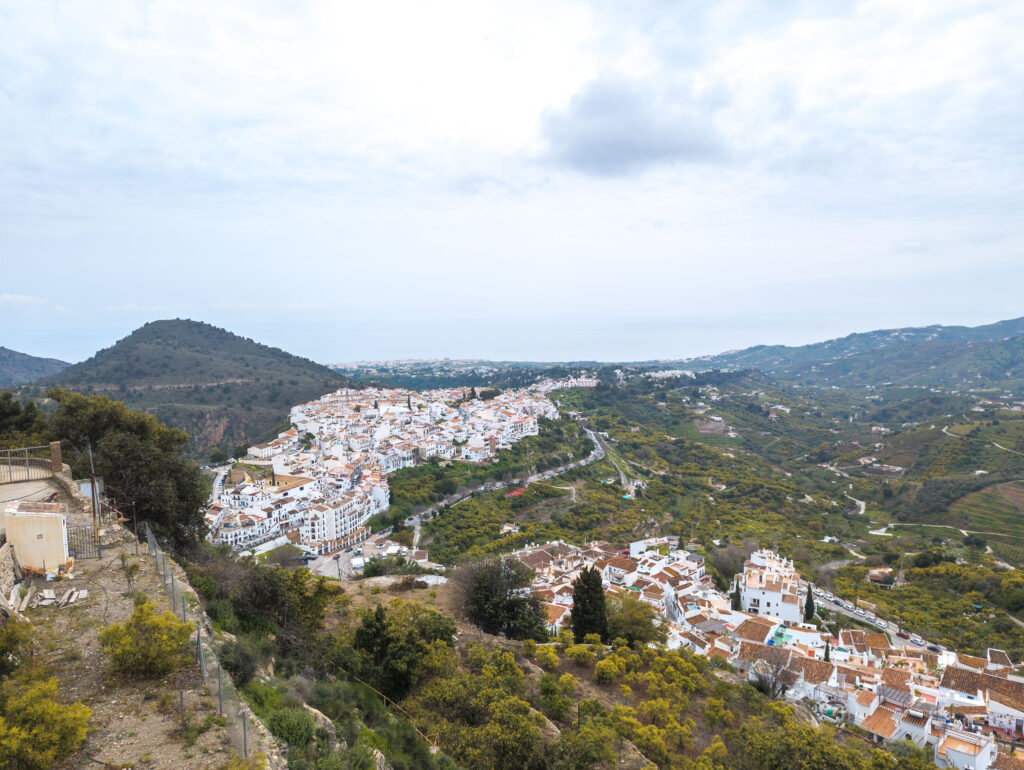
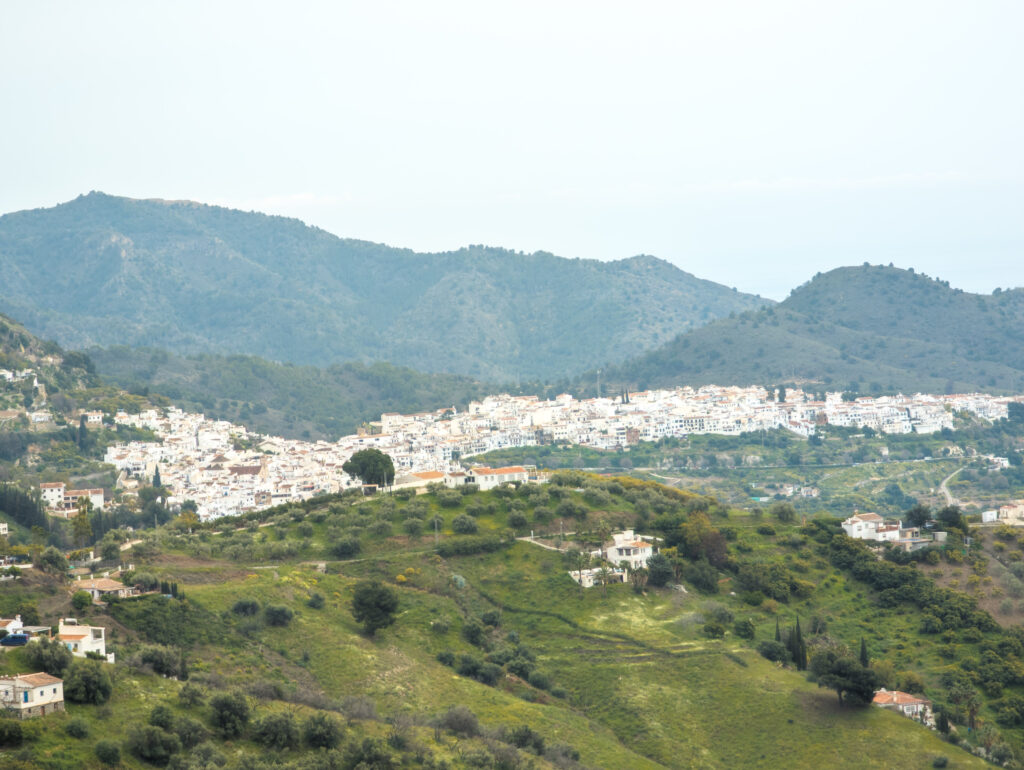
The following day (Friday, April 4th), eager for more coastal vistas, I pushed a bit further east to the Mirador del Cerro Gordo. Located within a protected natural park area, it requires just a short, easy walk (maybe 300 metres uphill) from the parking area to reach the historic watchtower (torre vigía) at the summit. The reward? Fantastic, sweeping views of the coastline, cliffs, and the sea below – well worth the brief stop. Then, backtracking west past Malaga, I sought out another subterranean wonder: the Cuevas del Tesoro (Treasure Caves) in Rincón de la Victoria. What makes these caves particularly special is their origin: unlike Nerja’s caves formed by freshwater erosion, these are marine caves, carved out by the sea itself, one of only three known examples of this type in the world (the others being in Asia and Central America). Legend swirls around hidden Almoravid treasure supposedly buried here in the 12th century, hence the evocative name “Treasure Caves.” Intriguingly, a Swiss explorer named Antonio de la Nari Schweizer spent a significant part of his life here, tirelessly (and ultimately fruitlessly) searching for this legendary treasure in the mid-20th century. His story adds another layer of mystique. The caves felt quite different from Nerja’s – perhaps less grand in scale but possessing a unique, almost eerie atmosphere shaped by the sea’s power, with distinct halls like the Sala de la Virgen and Sala de Marco Craso. A brief stop in the pleasant seaside town of Rincón de la Victoria itself rounded off the coastal exploration before I turned the car inland towards my next adventure.
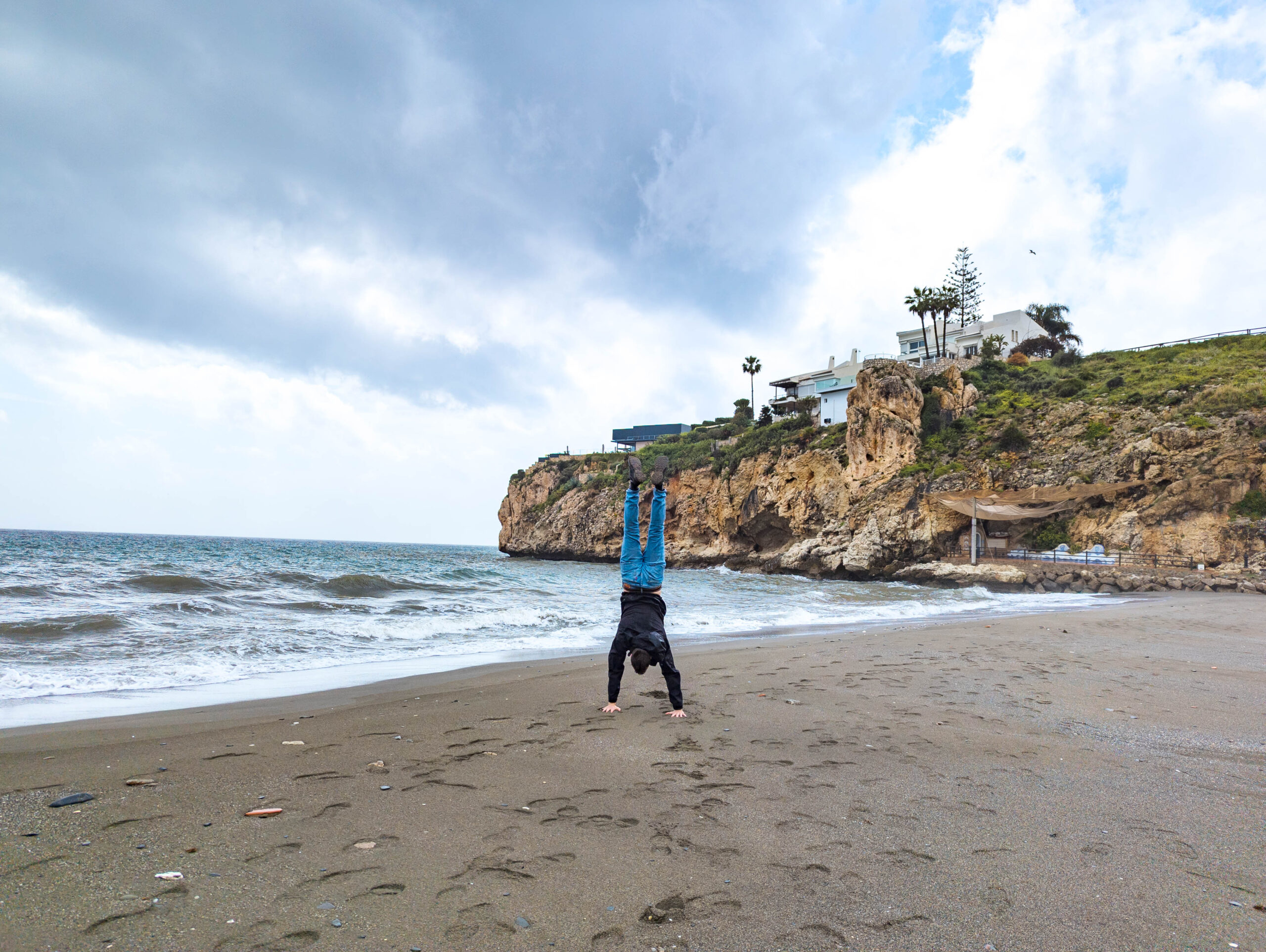
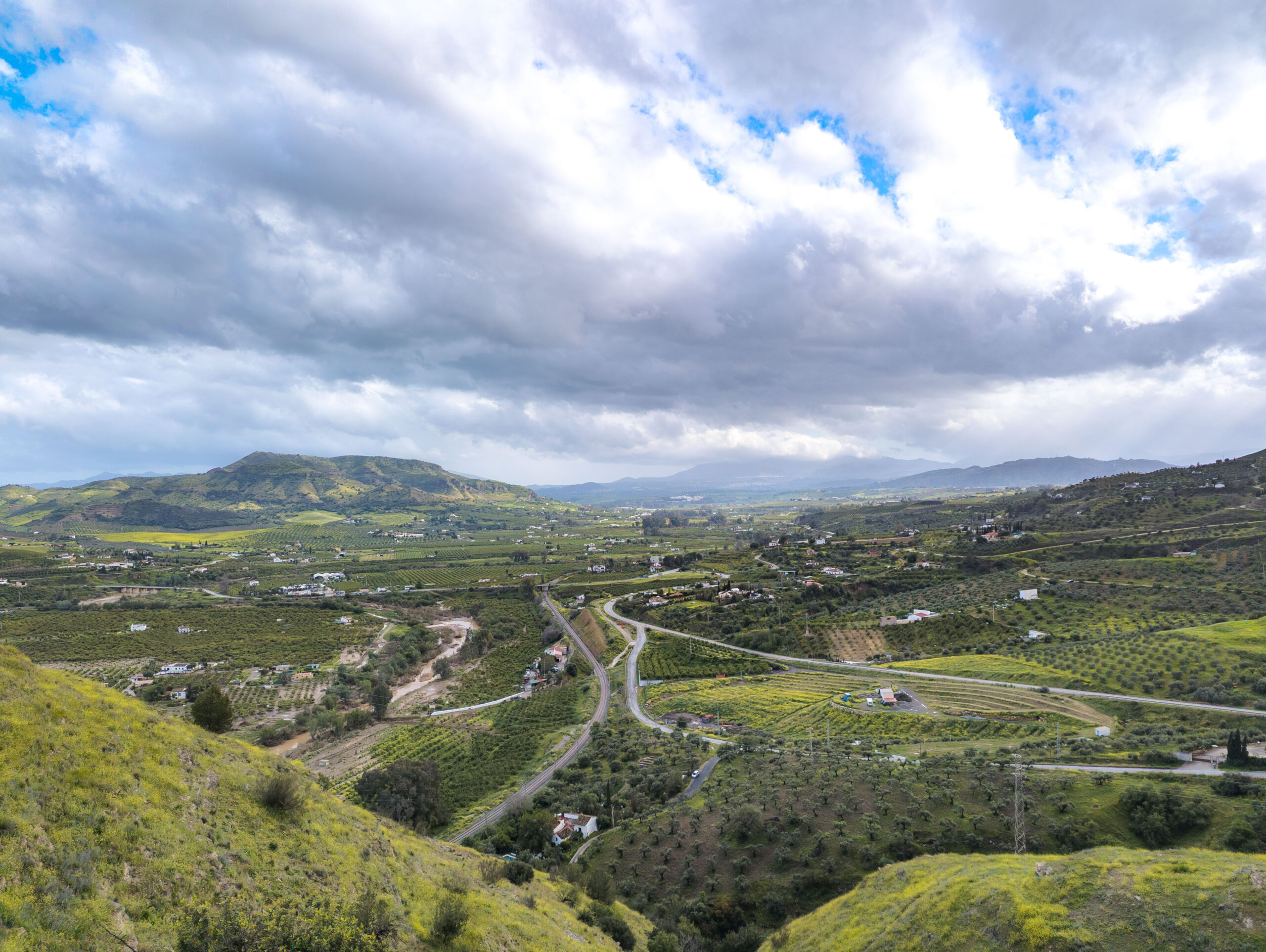
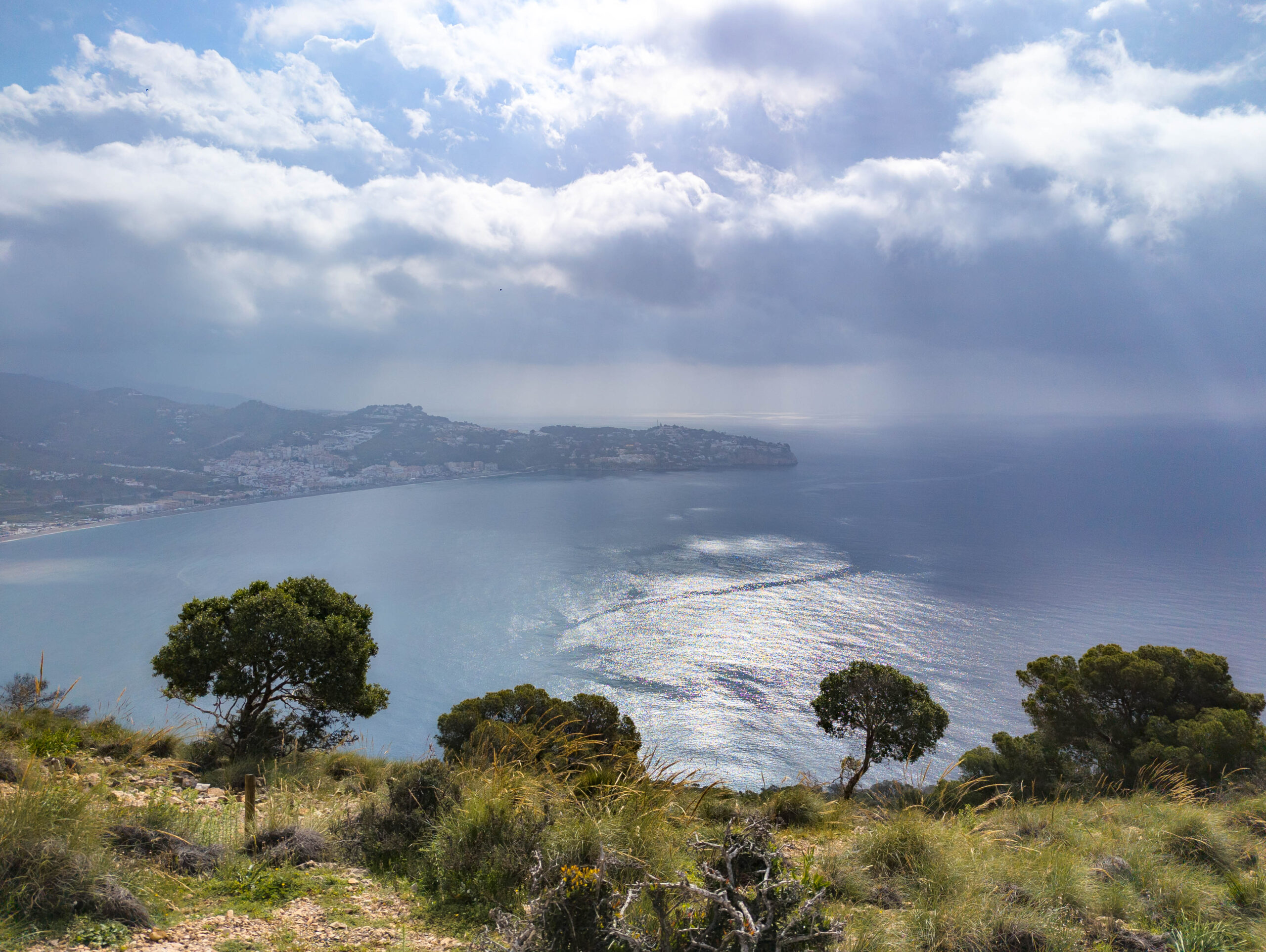
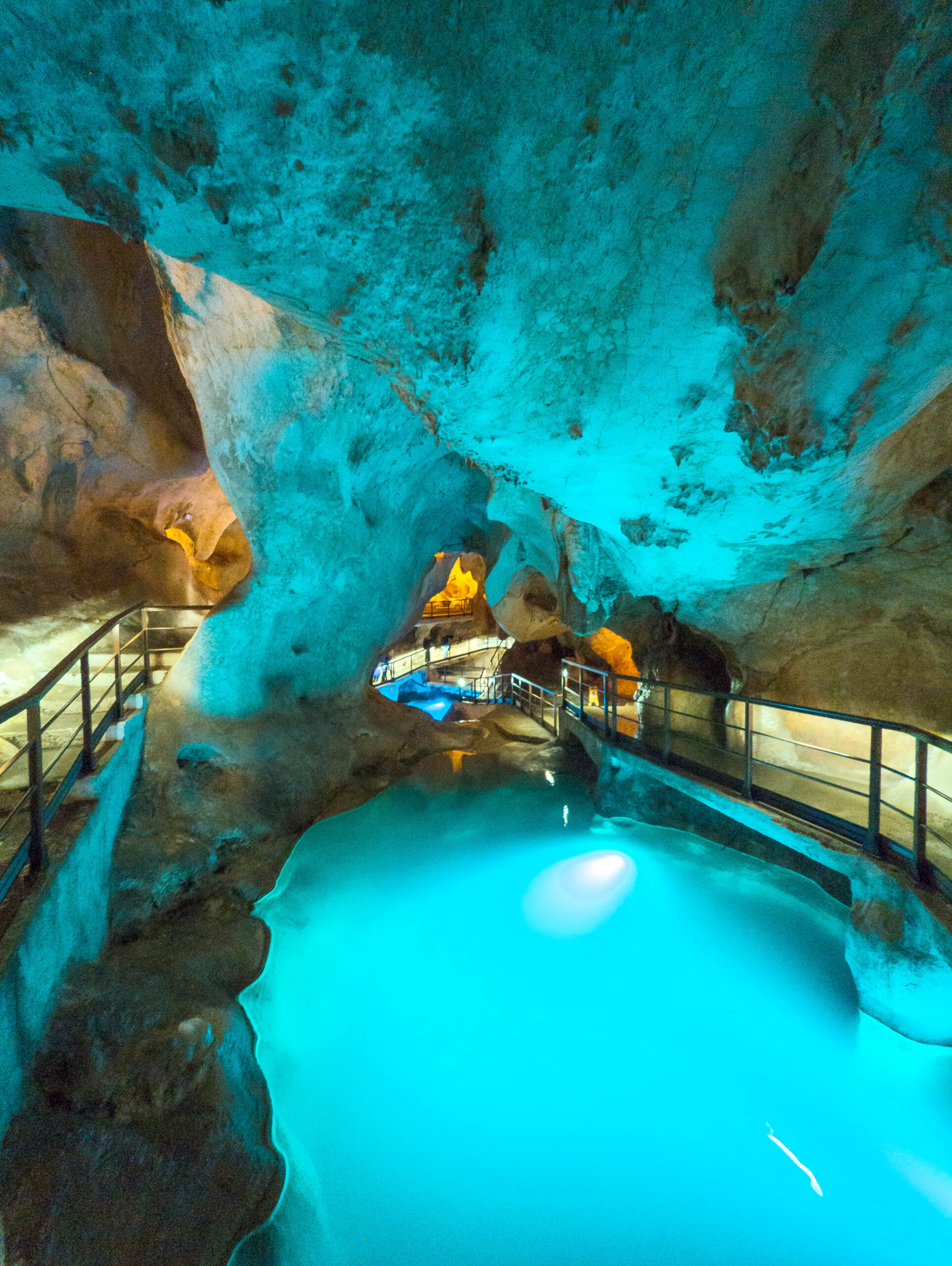
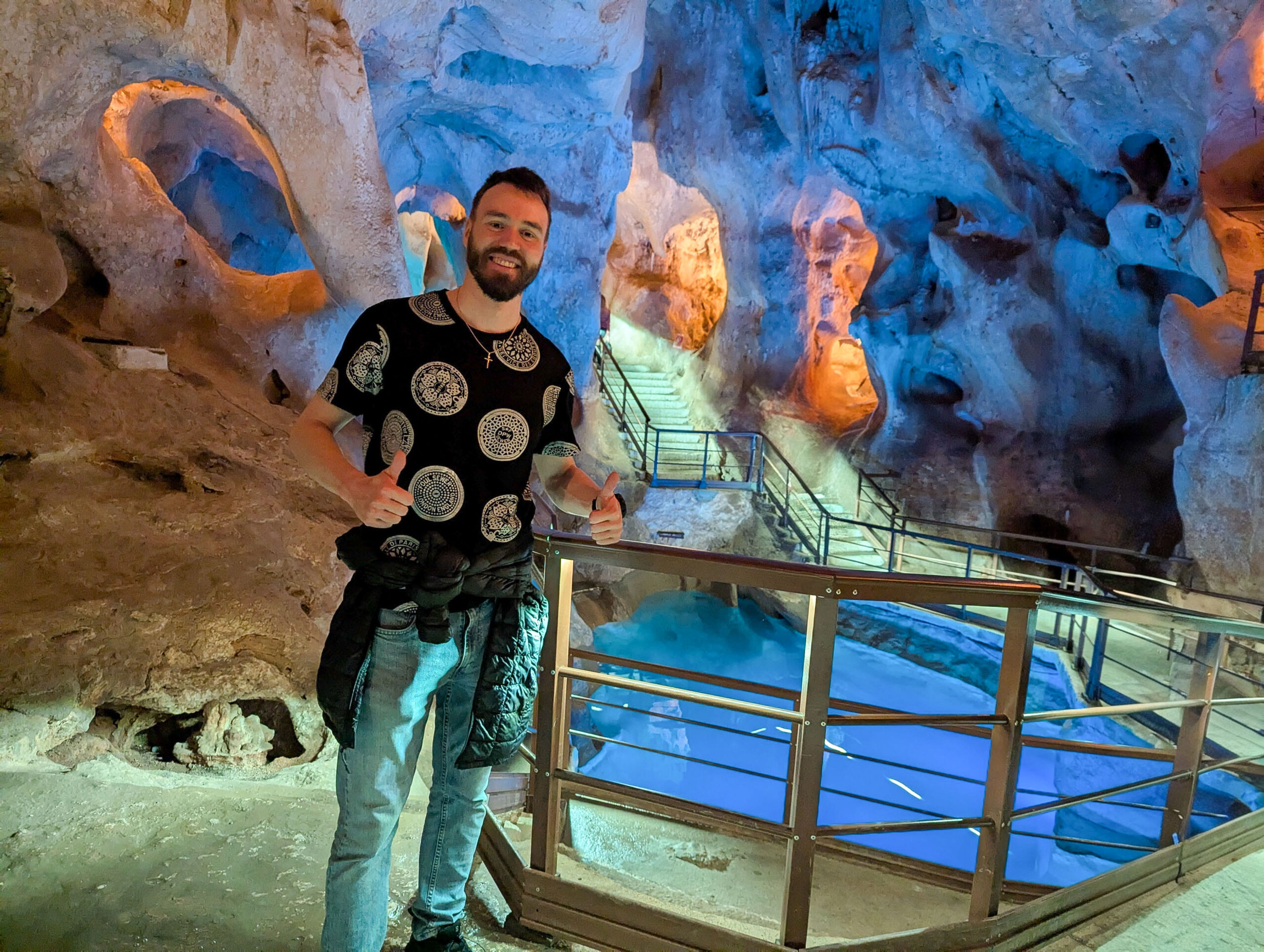
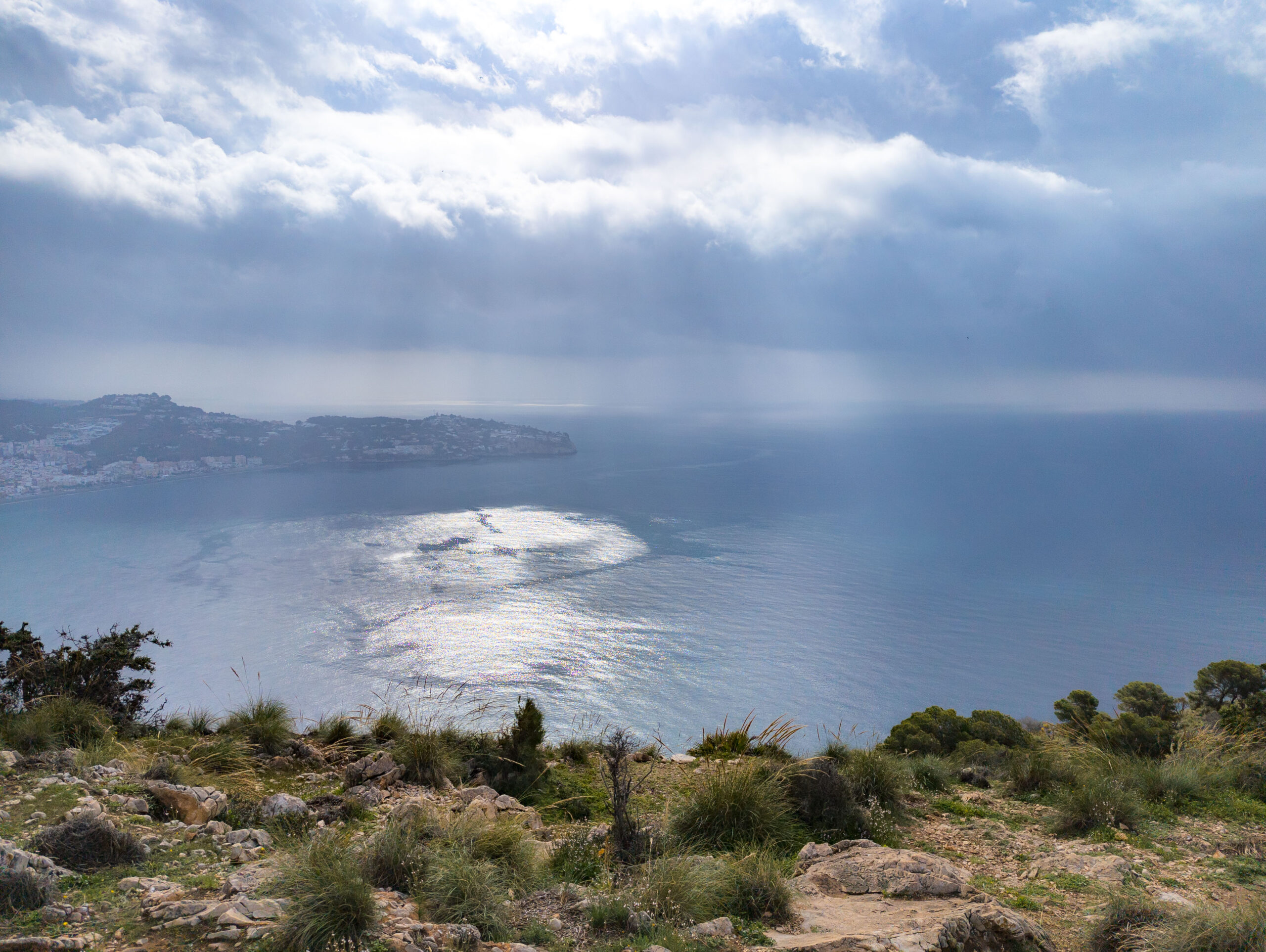

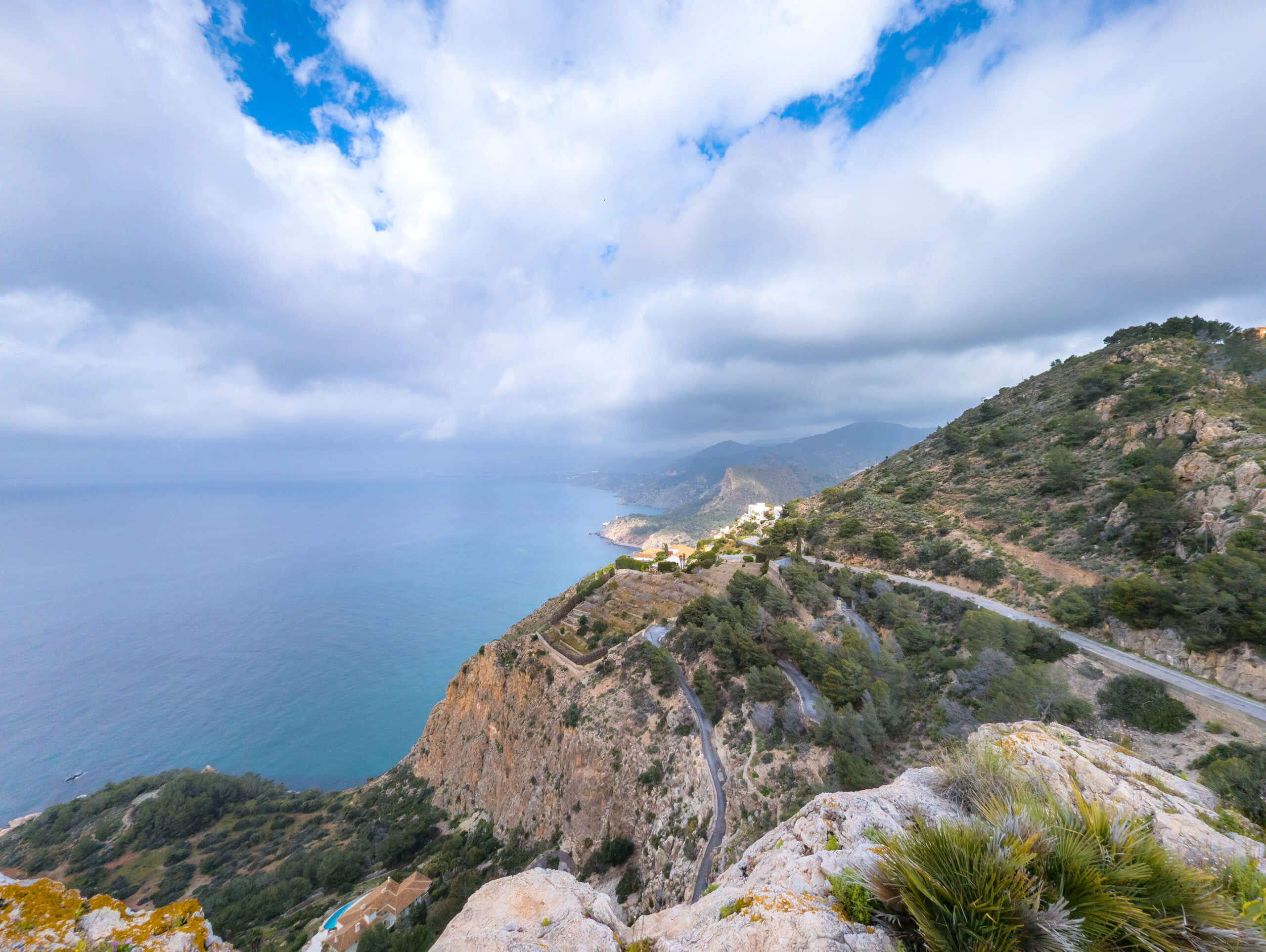
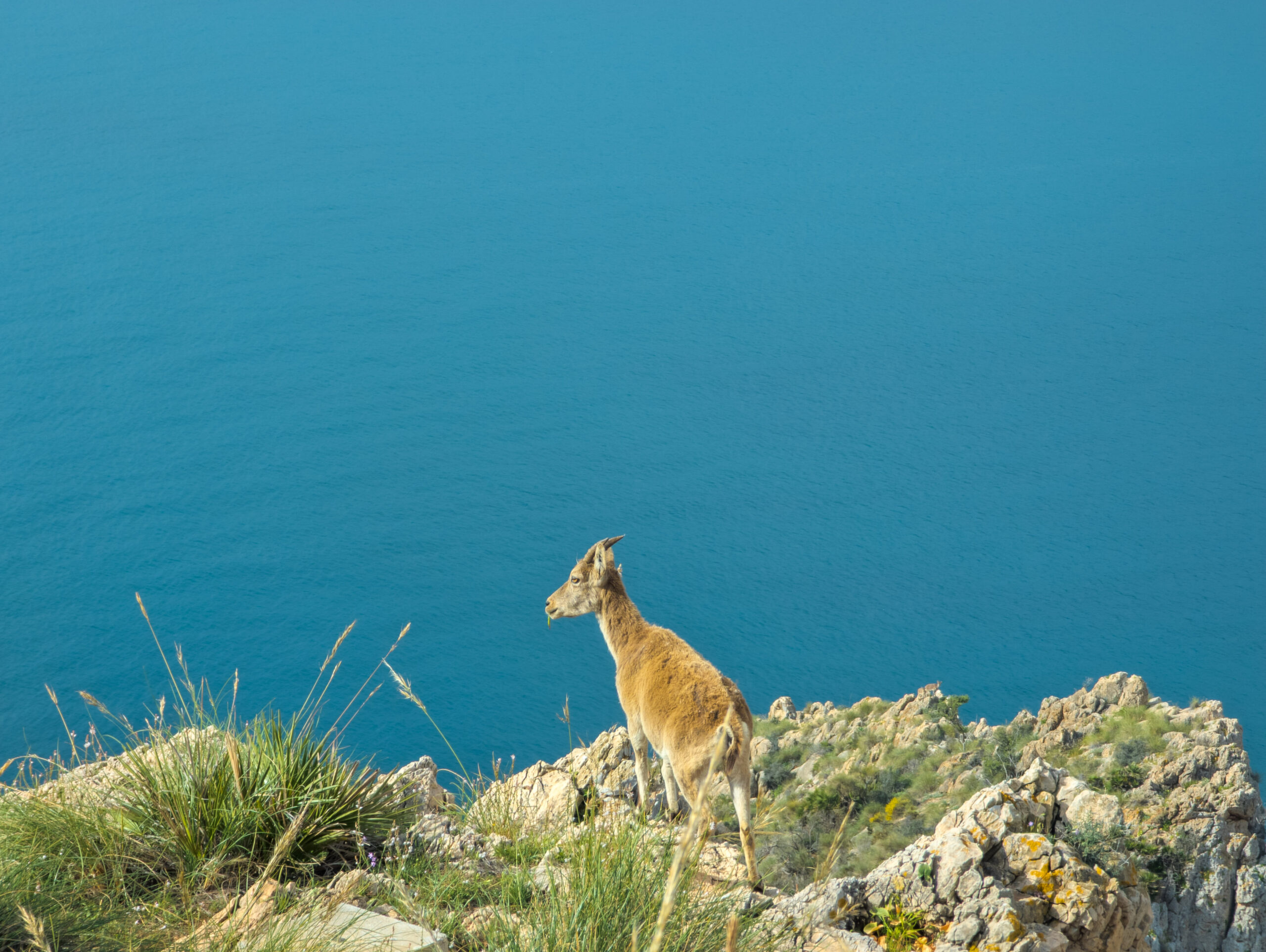

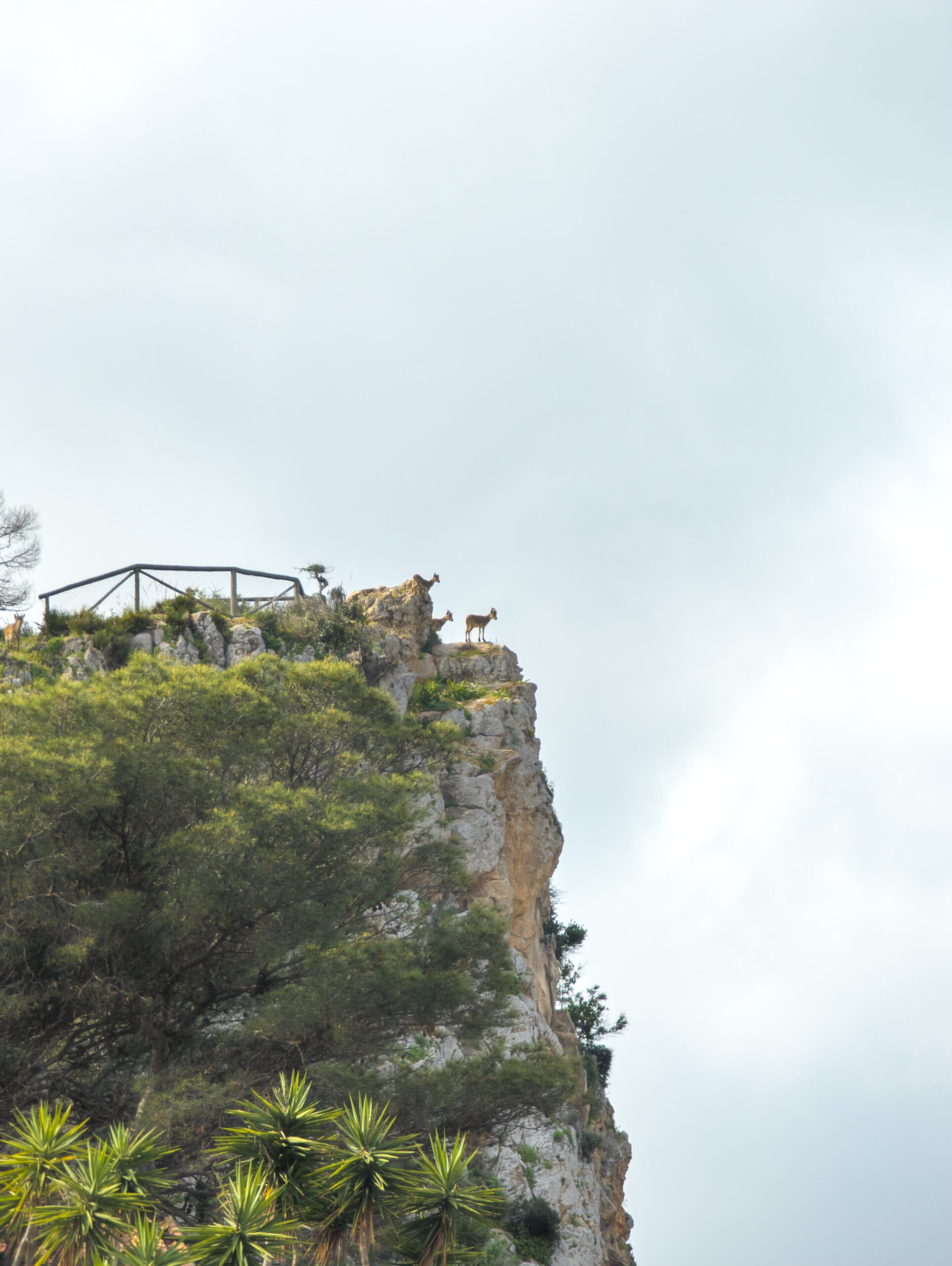
The Thrill of the Caminito del Rey: History & Heights
My next destination was Álora, a strategically located town nestled in the Guadalhorce valley, serving as a convenient base near the famous Caminito del Rey. Álora itself is worth a look, boasting a striking hilltop Moorish castle offering great views over the surrounding fertile plains dotted with citrus groves. Accommodation options here seemed somewhat limited or pricey; Airbnbs were scarce, and other hotels commanded higher rates. I checked into a simple hotel which, despite being basic, was perfectly adequate and clean for €40 a night – actually good value, considering it was one of the few available and reasonably priced options.
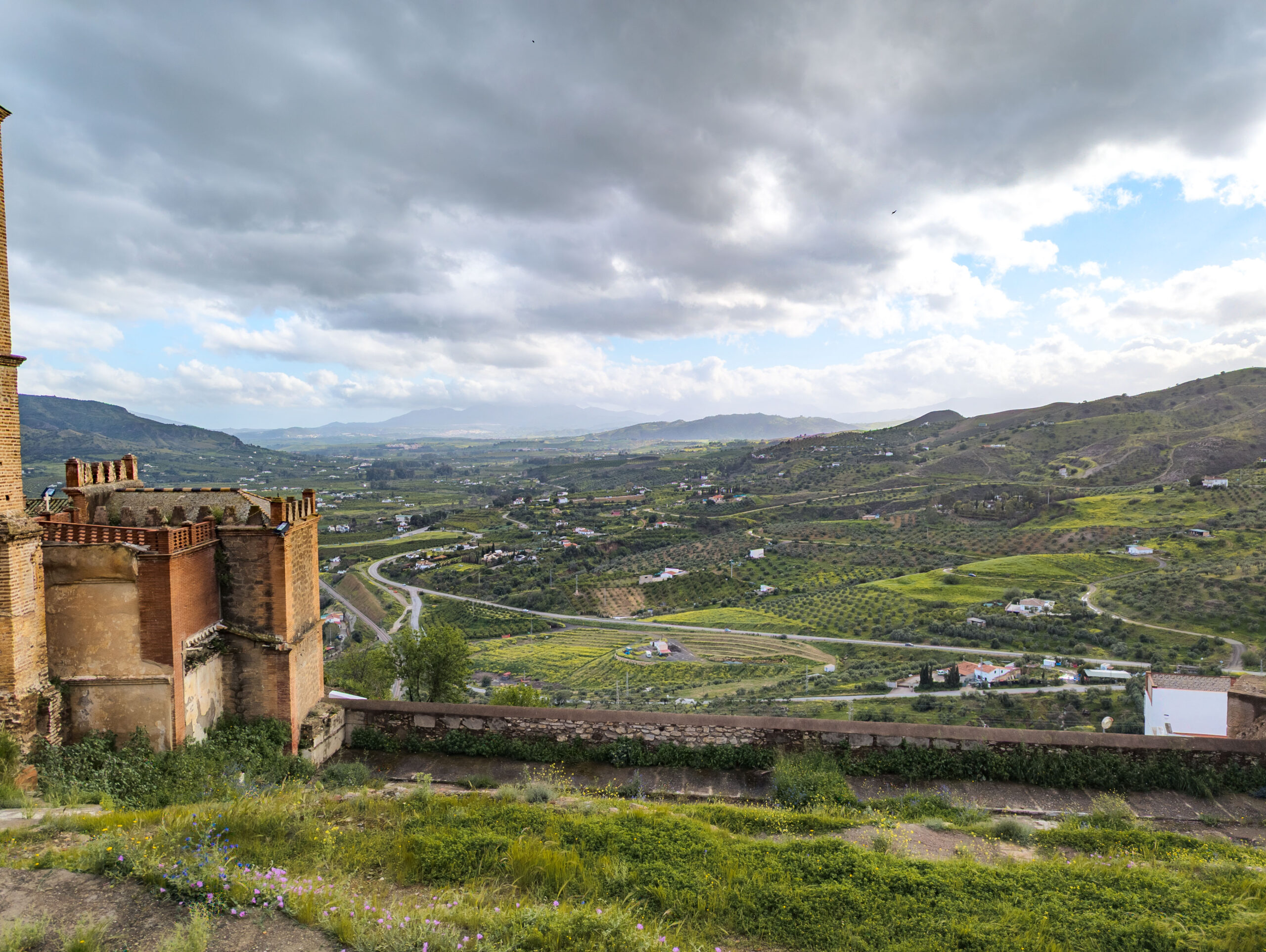
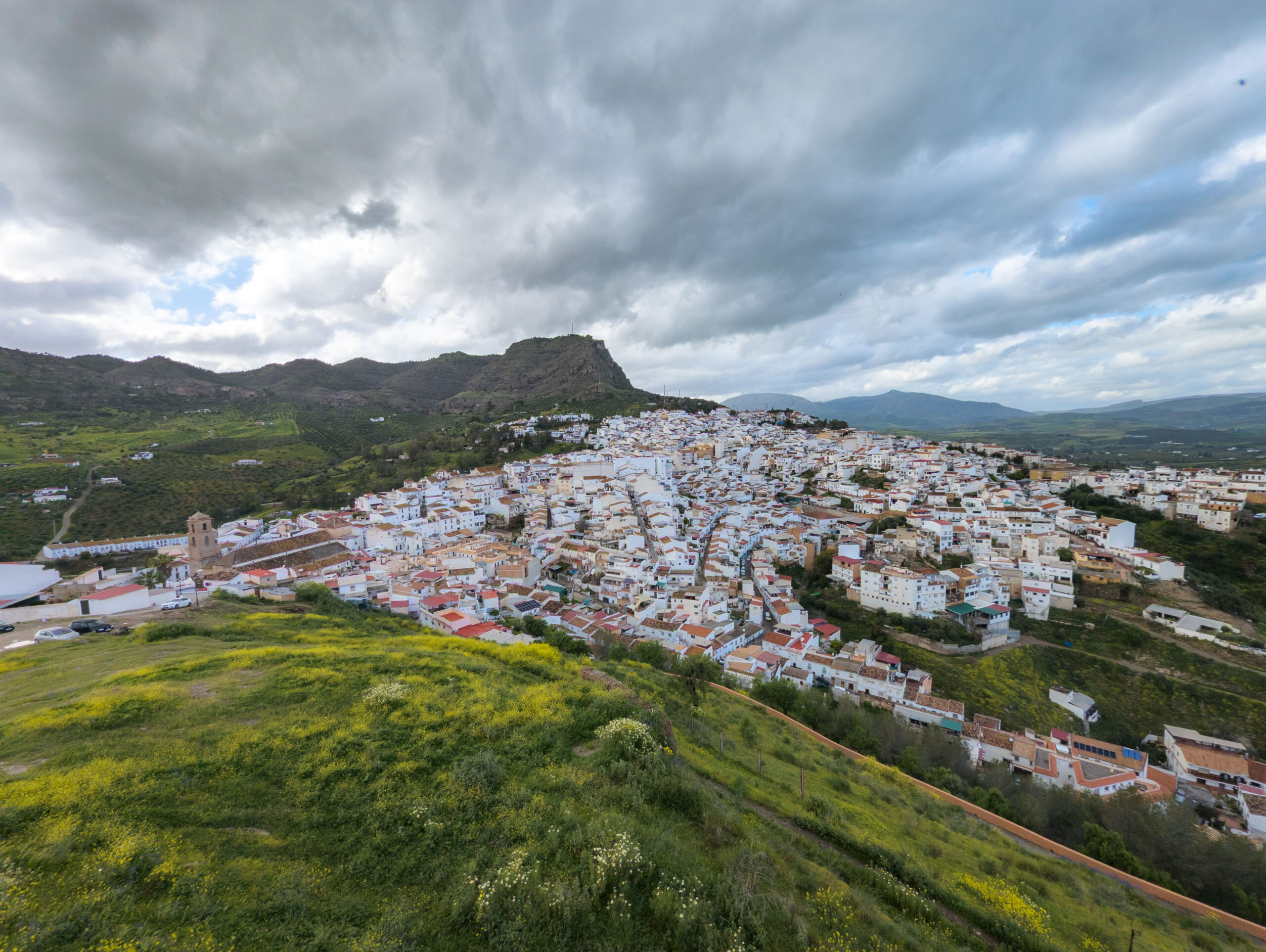
The next day, Saturday, April 5th, was dedicated to tackling the legendary Caminito del Rey. This “King’s Little Pathway” is a spectacular walkway pinned daringly along the sheer, vertical walls of a narrow gorge carved by the Guadalhorce River in El Chorro. Originally built in the early 20th century to provide access for workers at the hydroelectric power plants, it fell into disrepair and gained notoriety as “the world’s most dangerous walkway” after several fatalities. Thankfully, it underwent a massive, multi-million euro restoration and reopened in 2015 as a safe, albeit undeniably thrilling, experience.
- Booking Tip: Heed this advice! I’d tried booking tickets directly on the official website the day before, but they were completely sold out. Panic slightly averted, I found availability through GetYourGuide and booked immediately. Interestingly, upon arrival, I noticed tickets were also being sold on-site, but seemingly only for guided groups, not individual entry. My strong recommendation remains: Book well in advance, especially during holidays or peak season (spring/autumn), as this hike’s popularity means tickets vanish quickly. Don’t leave it to chance!
- Logistics: The process was straightforward once I figured it out. I parked at the designated official car park (€2 fee) near the El Kiosko restaurant (northern access point) and then took the shuttle bus (€2.50, cash often preferred) which runs frequently between the north and south access points. From the bus drop-off near the start, be prepared for another 1.5km walk along a scenic path to reach the actual entrance control cabin. The signage could definitely be clearer; I had to ask for directions a couple of times, but friendly staff and fellow hikers pointed the way. At the entrance, you present your ticket, receive your mandatory helmet, and get a brief safety instruction.
- The Hike: The linear walk itself takes approximately 2 to 3 hours depending on your pace and how often you stop for photos (which will be often!). It leads you along sturdy wooden boardwalks suspended high above the turquoise river, clinging dramatically to the canyon walls within the stunning Gaitanes Gorge. The sheer scale of the cliffs, the incredible engineering of the pathway (you can often see remnants of the old, crumbling concrete path below!), and the breathtaking views down into the abyss are truly impressive. Highlights include the glass-floored balcony lookout (optional bypass available!) and the final adrenaline-pumping suspension bridge crossing the gorge at over 100 metres above the river. Coming from Switzerland, a land blessed with spectacular alpine gorges, perhaps the raw scale wasn’t entirely unprecedented for me, but the way you experience this gorge, walking through it on these suspended paths, makes the Caminito del Rey undeniably unique, atmospheric, and absolutely worthwhile.
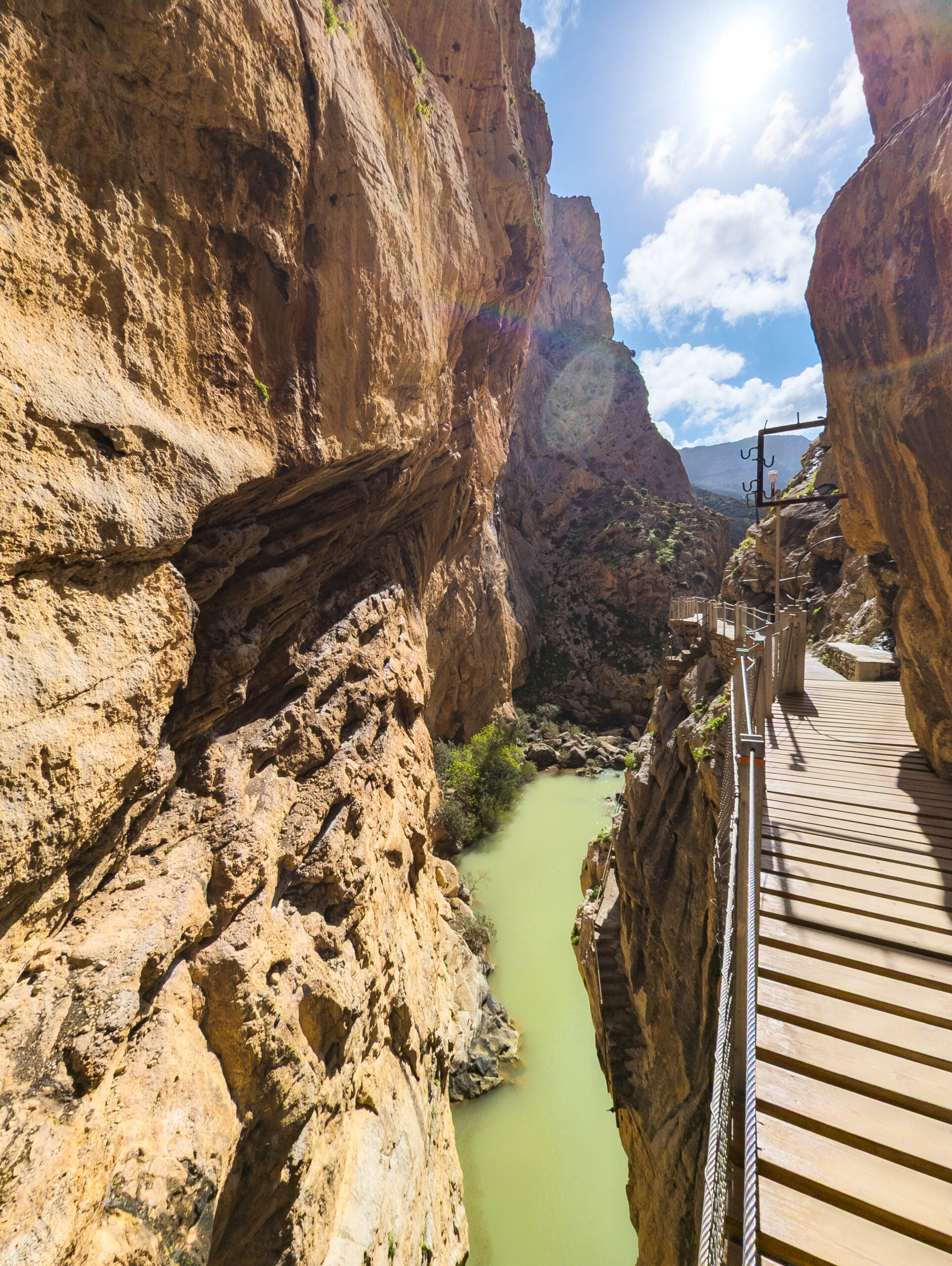
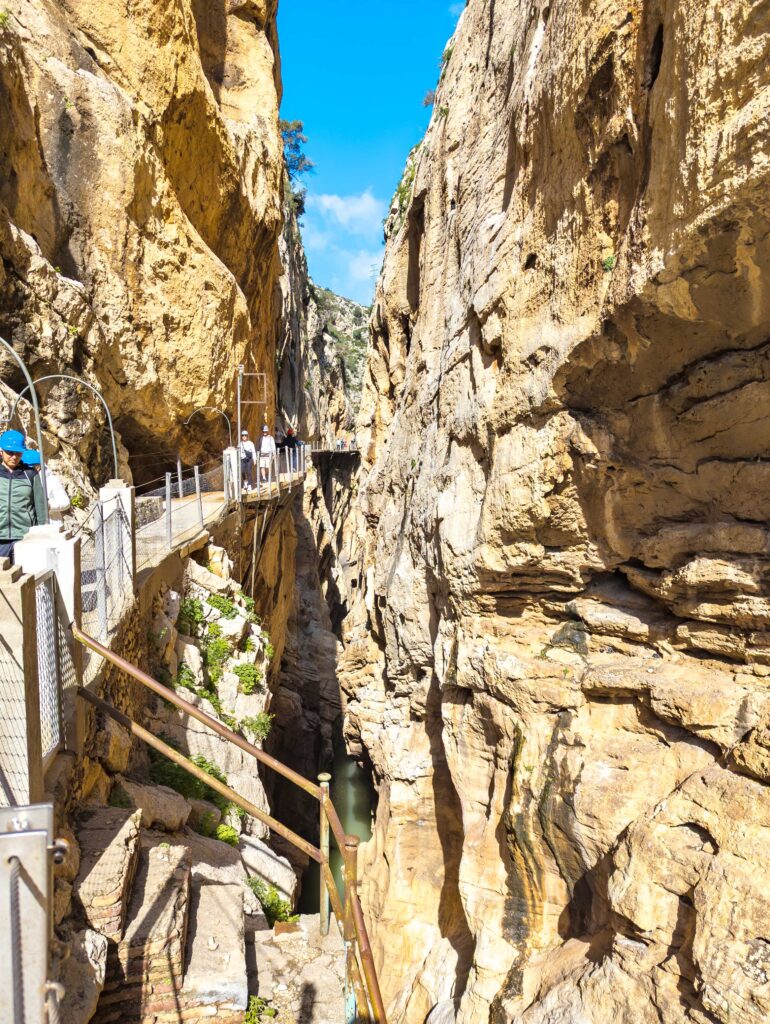
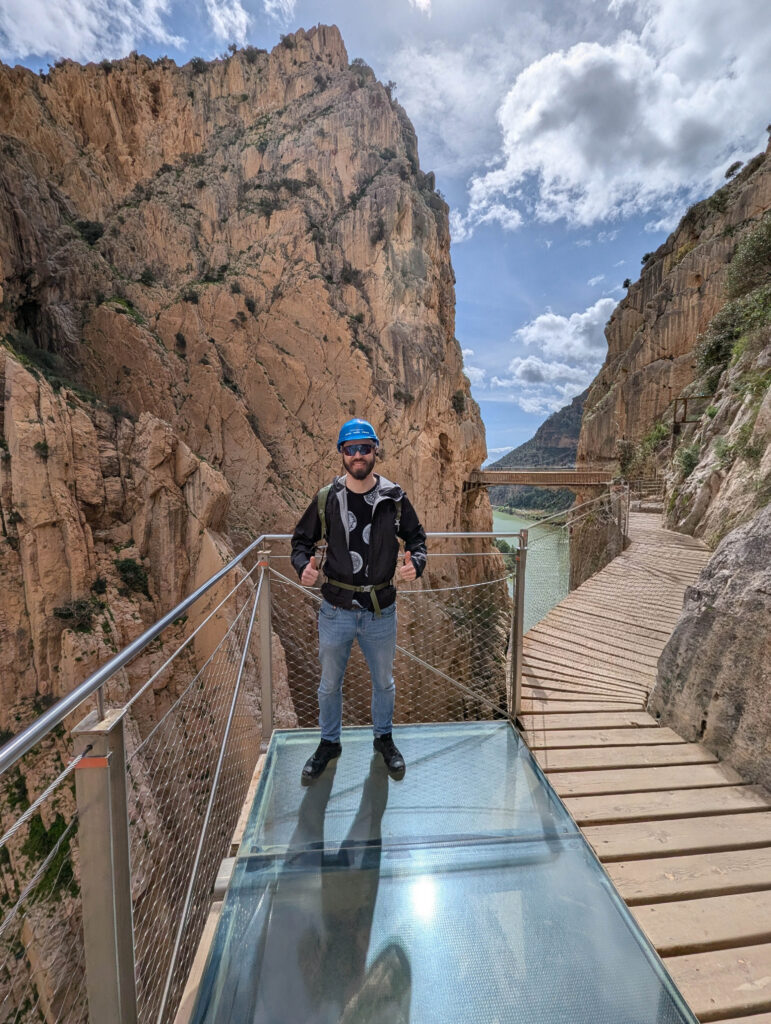
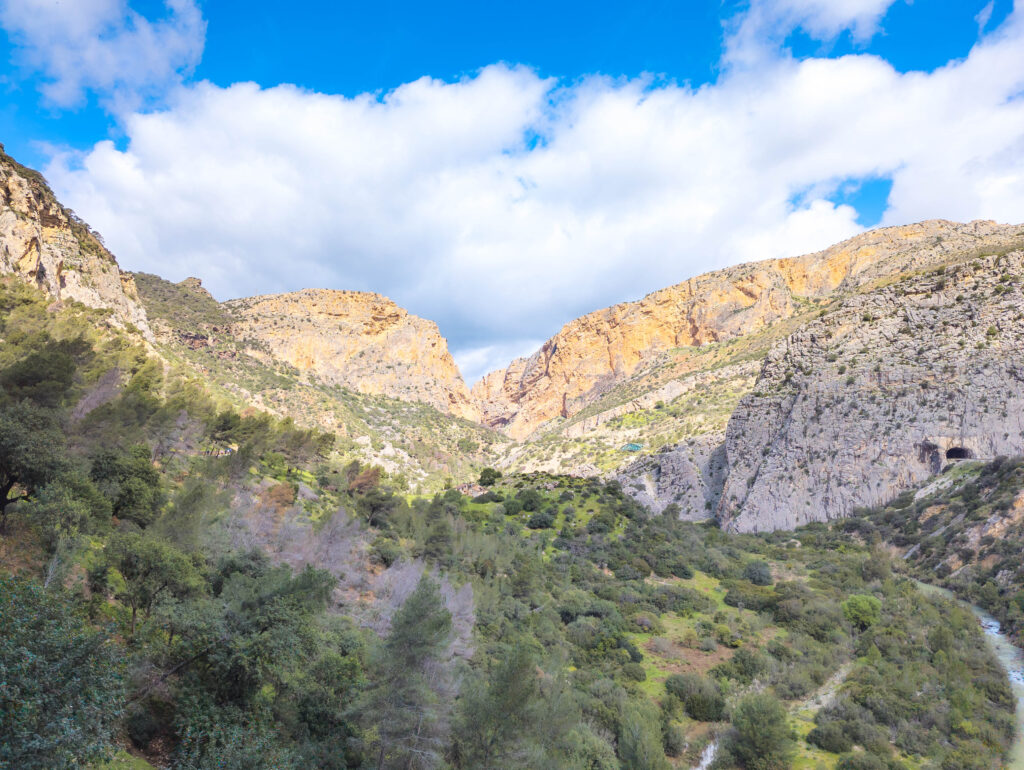
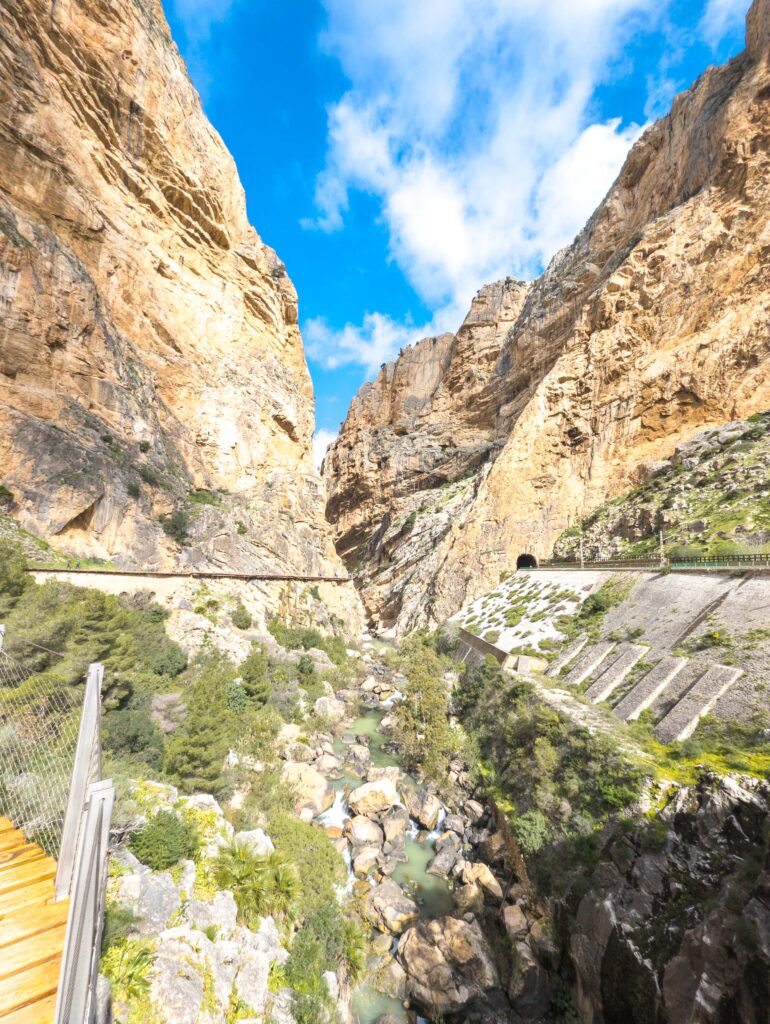
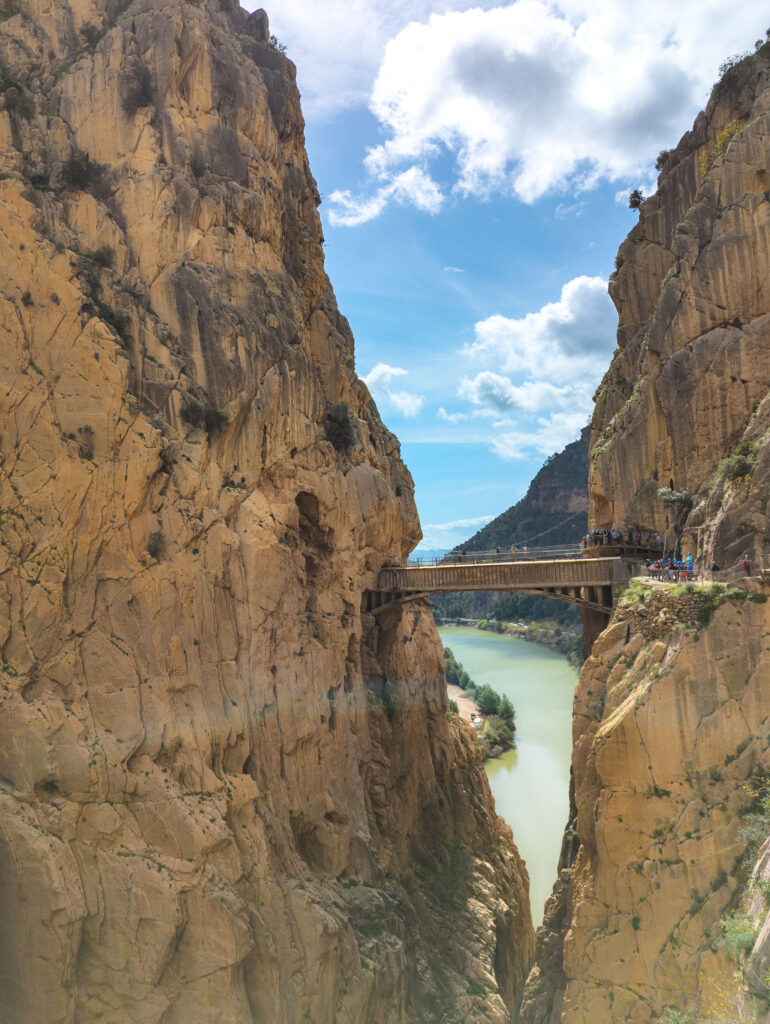
Ronda’s Dramatic Beauty, Bullrings & A Lively Night in Algeciras
After the exhilarating Caminito hike, the journey continued south towards the iconic cliff-top city of Ronda. Perched dramatically atop the deep El Tajo gorge which splits the town in two, Ronda is justifiably famous for its breathtaking Puente Nuevo (New Bridge). Completed in 1793, this architectural marvel spans the 120-metre-deep chasm, linking the old Moorish town (La Ciudad) with the newer El Mercadillo district. Ronda is also home to one of Spain’s oldest and most revered Plaza de Toros (bullrings). Inaugurated in 1785, this elegant Neoclassical structure is considered the birthplace of modern bullfighting style, largely thanks to the Romero dynasty of matadors who developed many of the rules and techniques still used today. It houses an interesting museum detailing the history of bullfighting and Ronda’s equestrian traditions. I spent about two hours hitting the main sights – wandering the charming old town streets, marvelling at the views from the Puente Nuevo down into the gorge, and then finding viewpoints of the bridge itself (Mirador de Aldehuela offers classic shots). The sheer drama of Ronda’s location is unforgettable.
The drive southwest from Ronda towards the coastal port city of Algeciras winds through the Sierra de Grazalema Natural Park, offering spectacular mountain scenery, cork oak forests, and glimpses of more white villages clinging to hillsides. It’s definitely a route worth taking your time on, pulling over frequently at designated viewpoints (miradores) to soak it all in. Arriving in Algeciras, a busy industrial port town that often serves as a jumping-off point for Morocco, I checked into my Airbnb. There, I met a friendly fellow traveller, a guy from Poland. What started as a pragmatic plan for a quick city orientation tour and a grocery run morphed into a much longer and more sociable evening exploring the local bar scene. We ended up in a couple of spots, including the surprisingly lively and packed Marieta Terraza Bar, sharing travel stories over drinks late into the night.
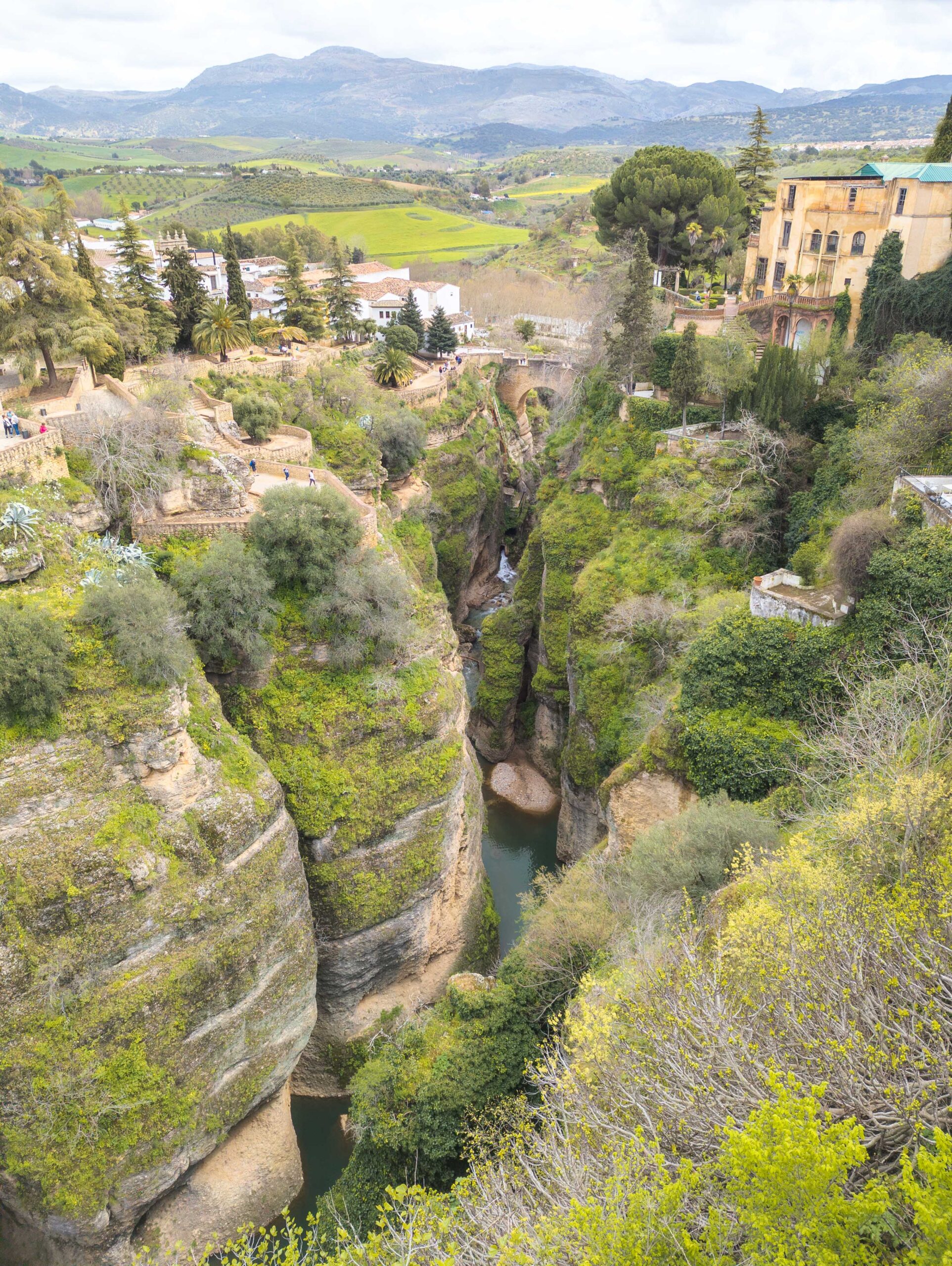
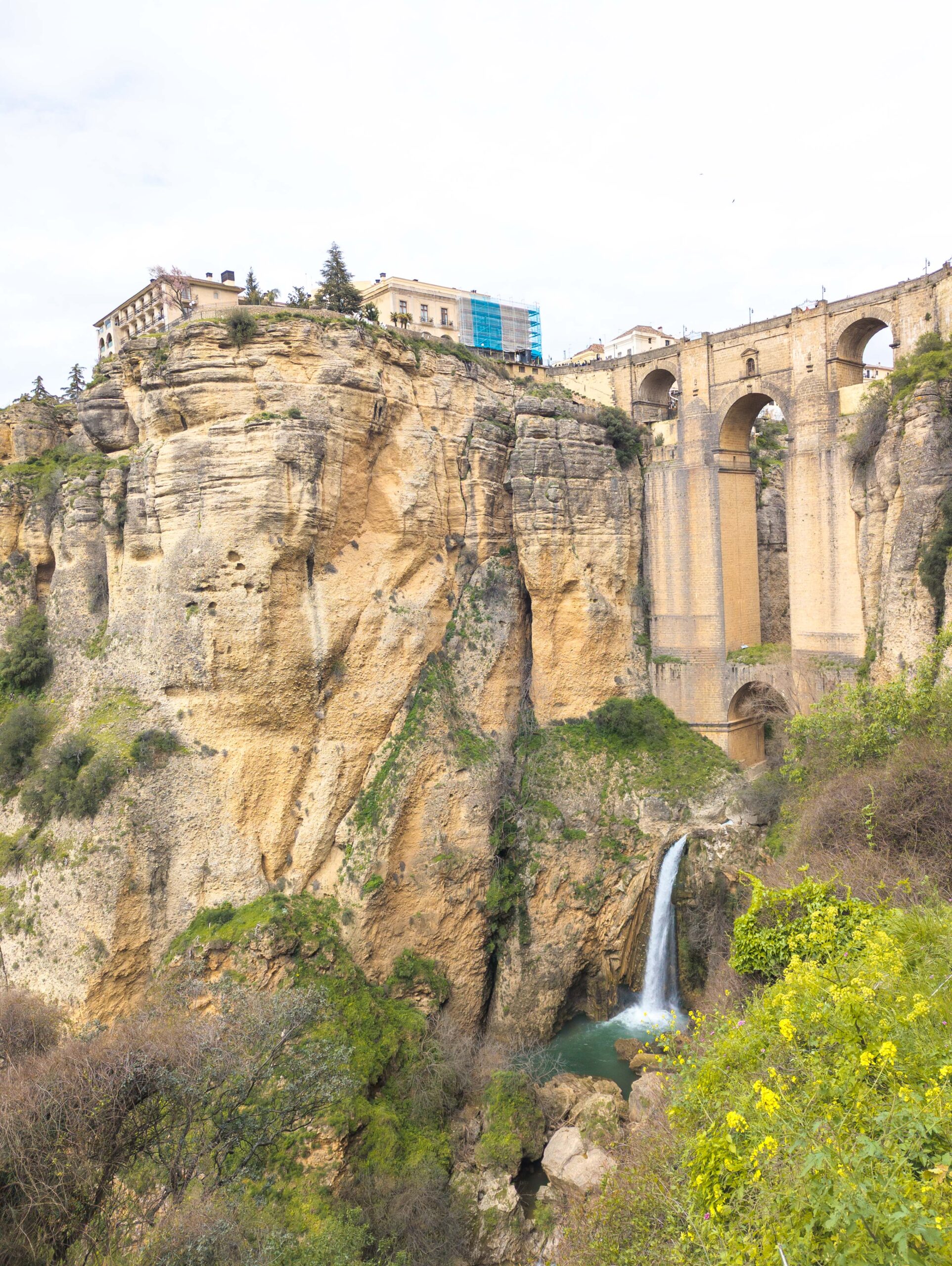

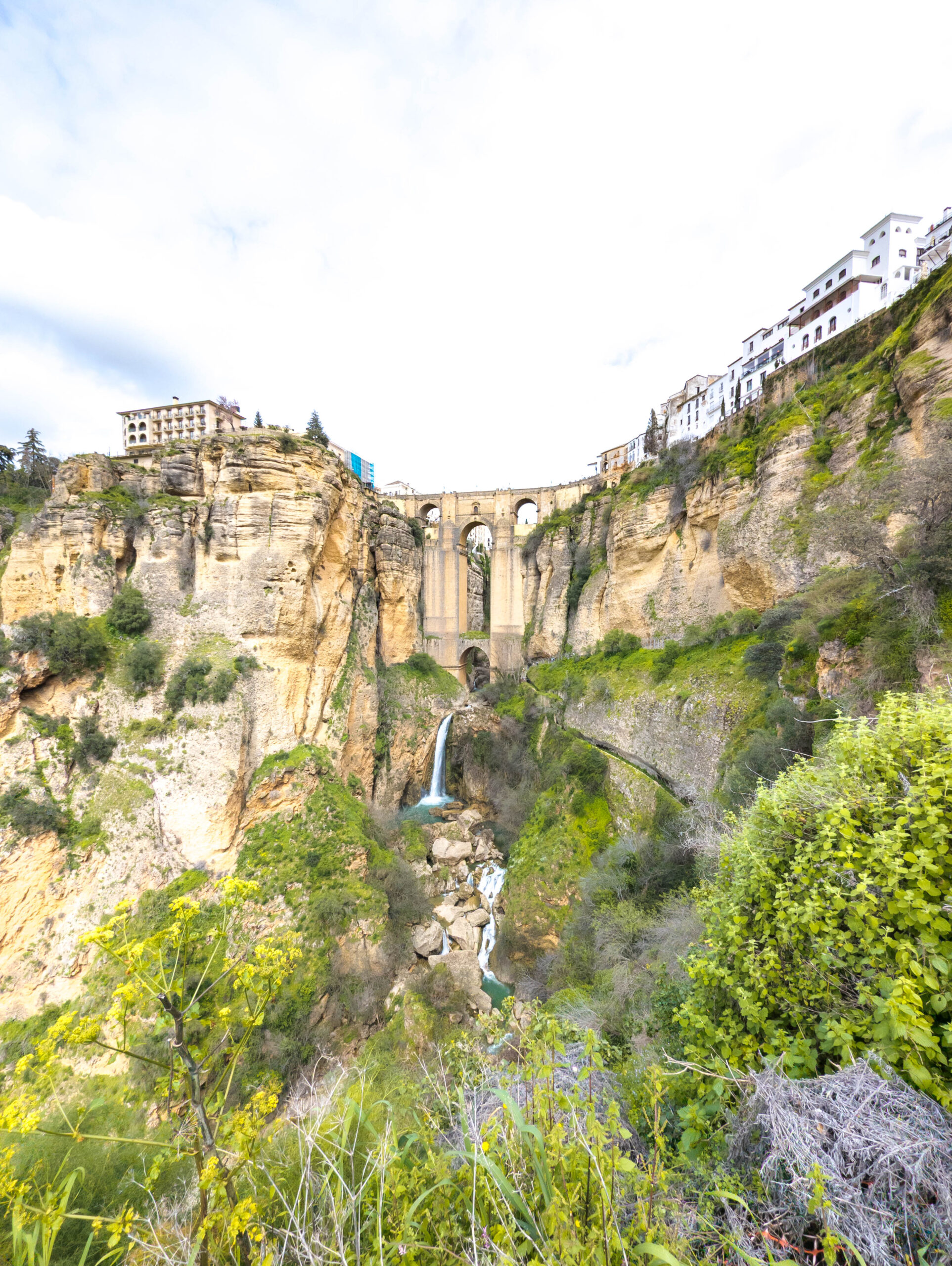
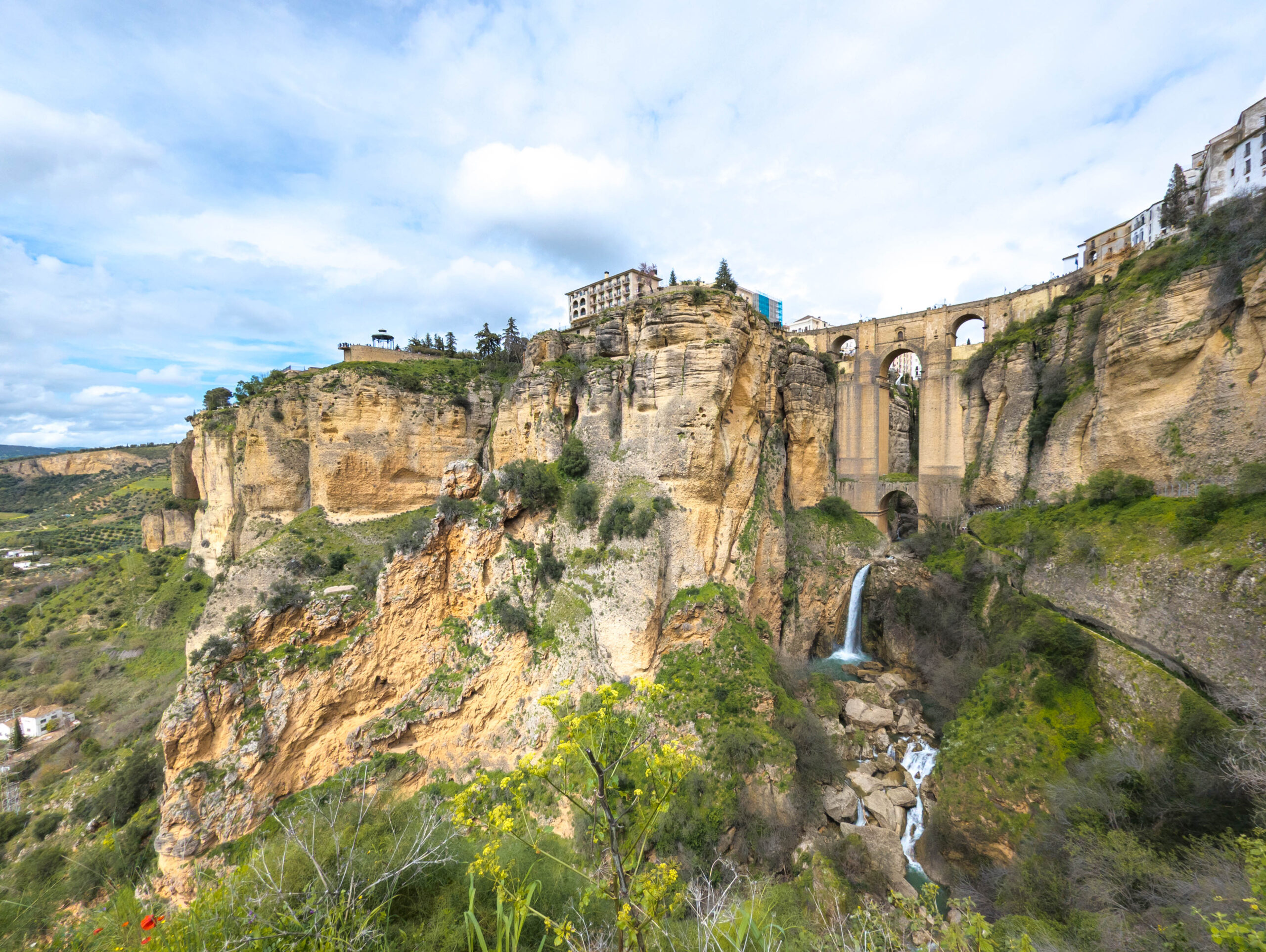

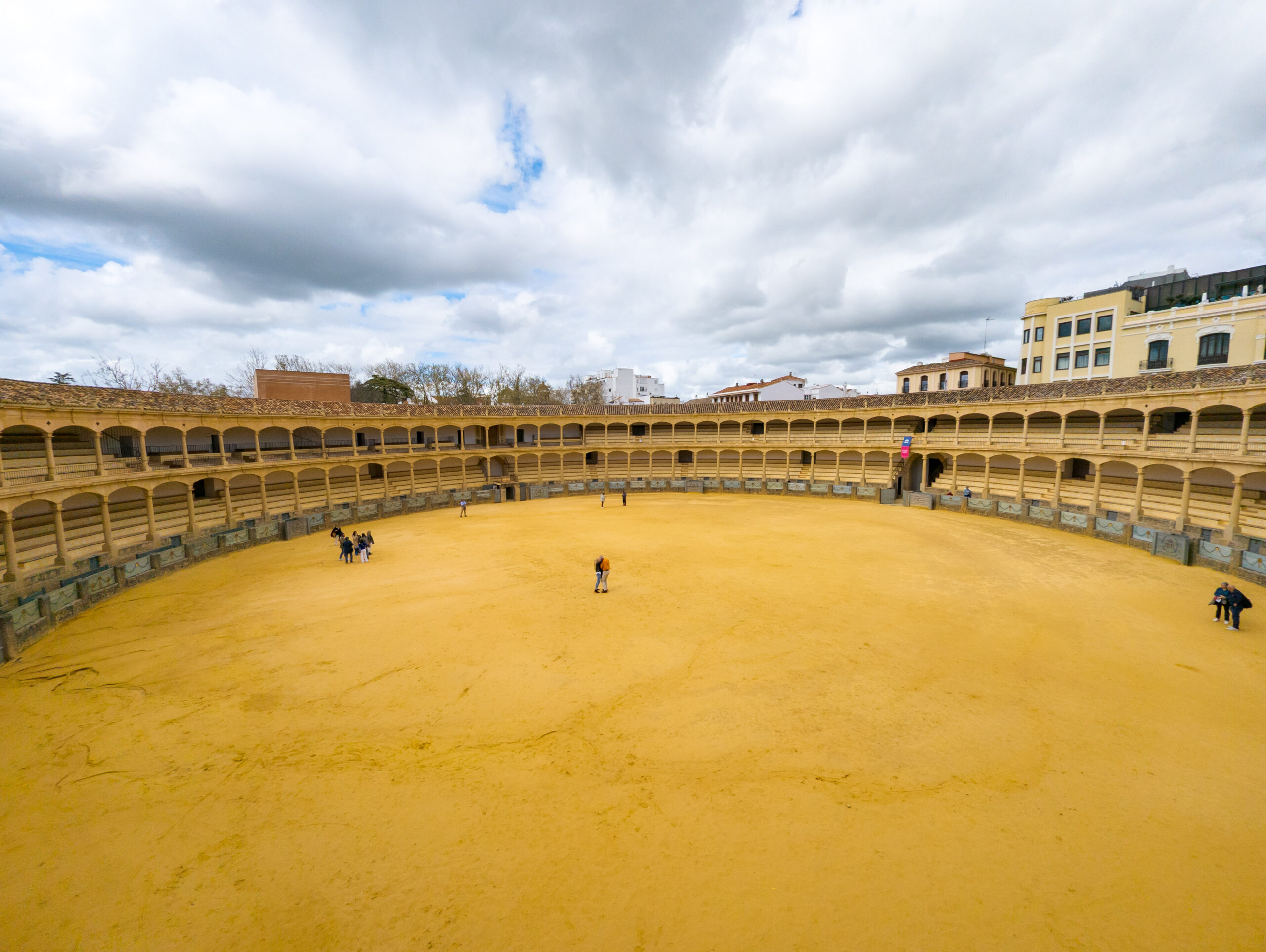
A Quick Jaunt to British Territory: Gibraltar’s Rock & Realities
Despite the late night in Algeciras, an 8 AM start the next morning saw me making the short drive to the border with Gibraltar. Pro Tip: Parking just before the border crossing on the Spanish side (in La Línea de la Concepción) is plentiful and much cheaper than trying to drive into and park within Gibraltar itself. I easily found a spot and simply walked across the border control. The most surreal part of entering Gibraltar? Your pedestrian path, along with the main road, takes you directly across the active airport runway! Red lights halt traffic and pedestrians when planes are landing or taking off – a unique experience, to say the least.
Gibraltar immediately feels distinctly British – red phone boxes, familiar UK high street shops, pubs serving fish and chips, and English as the main language – yet it’s all set against a sunny Mediterranean backdrop. As it was still relatively early on a Sunday morning, the main town streets were quiet, allowing for a peaceful initial wander. My main goal was the Rock itself. I opted for the cable car up the Rock of Gibraltar (£19.50 for a return ticket as of my visit, though prices can change). The swift ascent offers increasingly spectacular views. From the Top Station, the panorama is undeniably stunning, stretching across the Strait to the hazy mountains of Morocco in Africa on a clear day, overlooking the Bay of Gibraltar, and down onto the town and runway below. And yes, the famous Barbary macaques, Europe’s only wild monkey population, are everywhere up there – bold, cheeky, and definitely not shy about investigating bags for potential snacks! Keep your belongings secure.
I decided to do the full tourist circuit, purchasing the Nature Reserve ticket (around £18, required for most attractions beyond the cable car top station) which grants access to various sites. Be warned: Gibraltar is significantly more expensive than Spain. Everything from food and drinks to attractions costs considerably more. Just the cable car and Nature Reserve ticket set me back nearly €50 combined. I figured, “Well, I’m only here once,” and embraced the tourist role, visiting St. Michael’s Cave (an impressive natural grotto often used for concerts, but honestly, less awe-inspiring if you’ve recently seen the vastness of Nerja caves), the Great Siege Tunnels (fascinating insight into military history), the Moorish Castle remnants, and the Windsor Suspension Bridge. It’s easy to spend several hours exploring the Rock’s attractions.

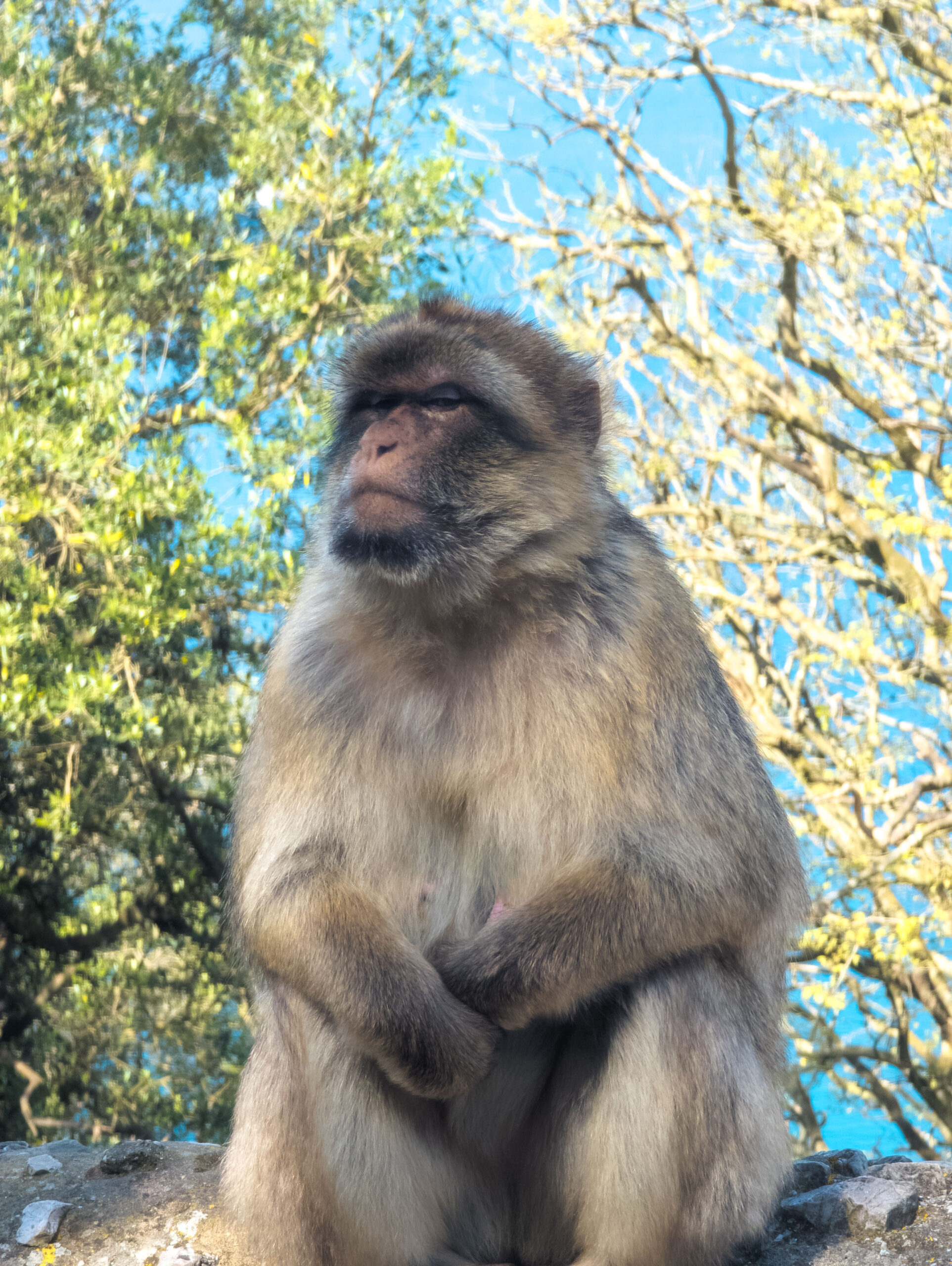
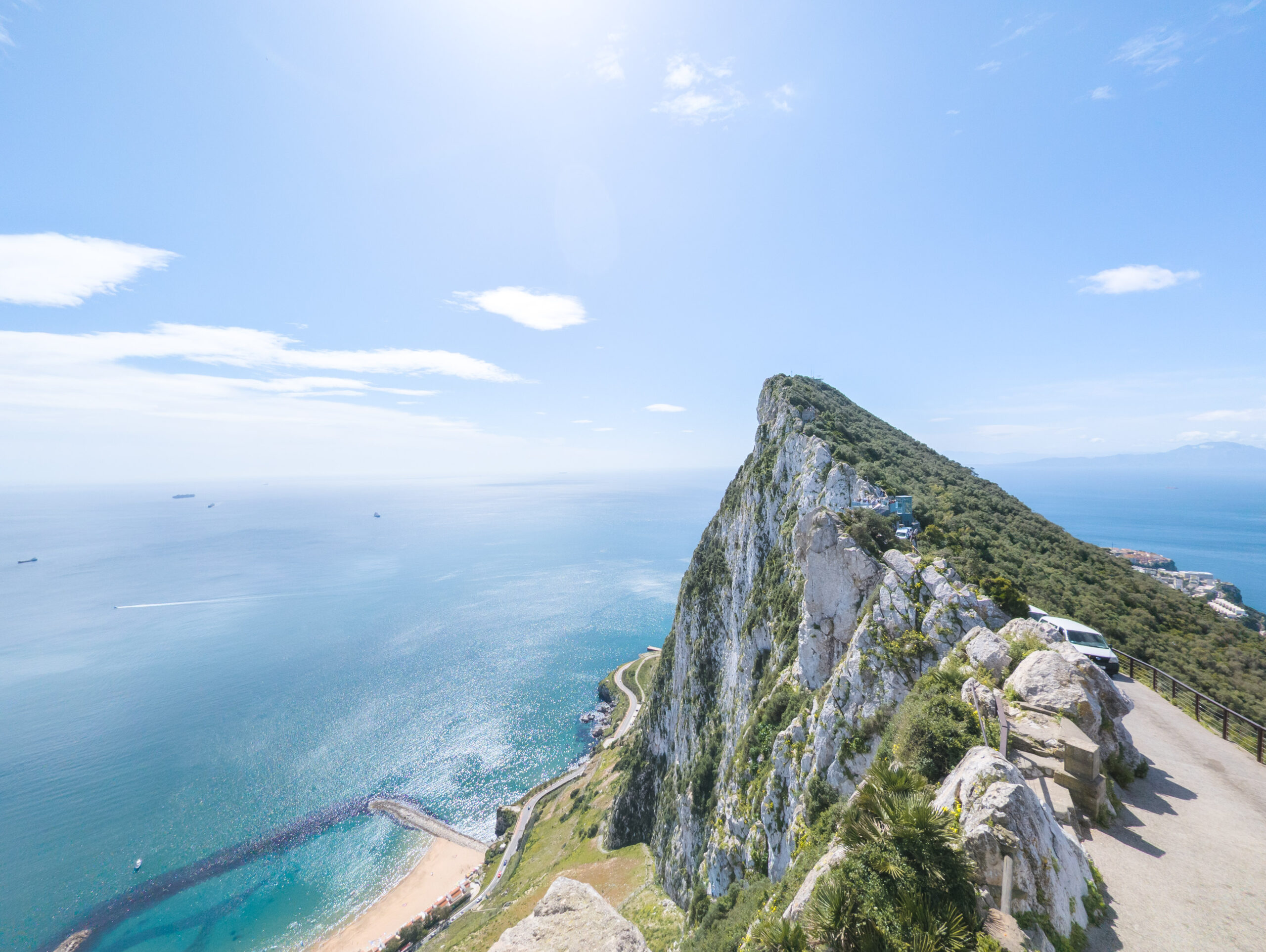


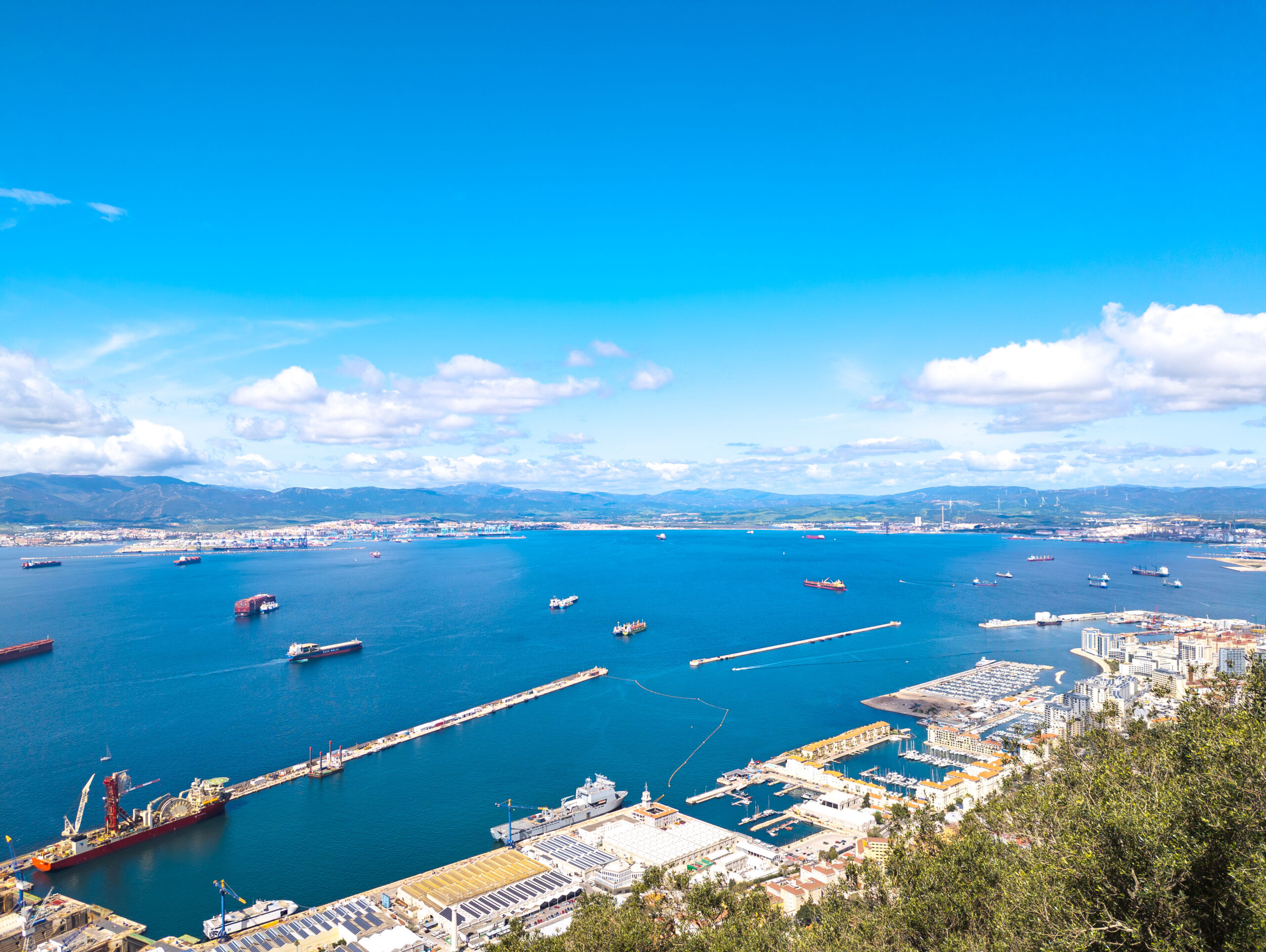
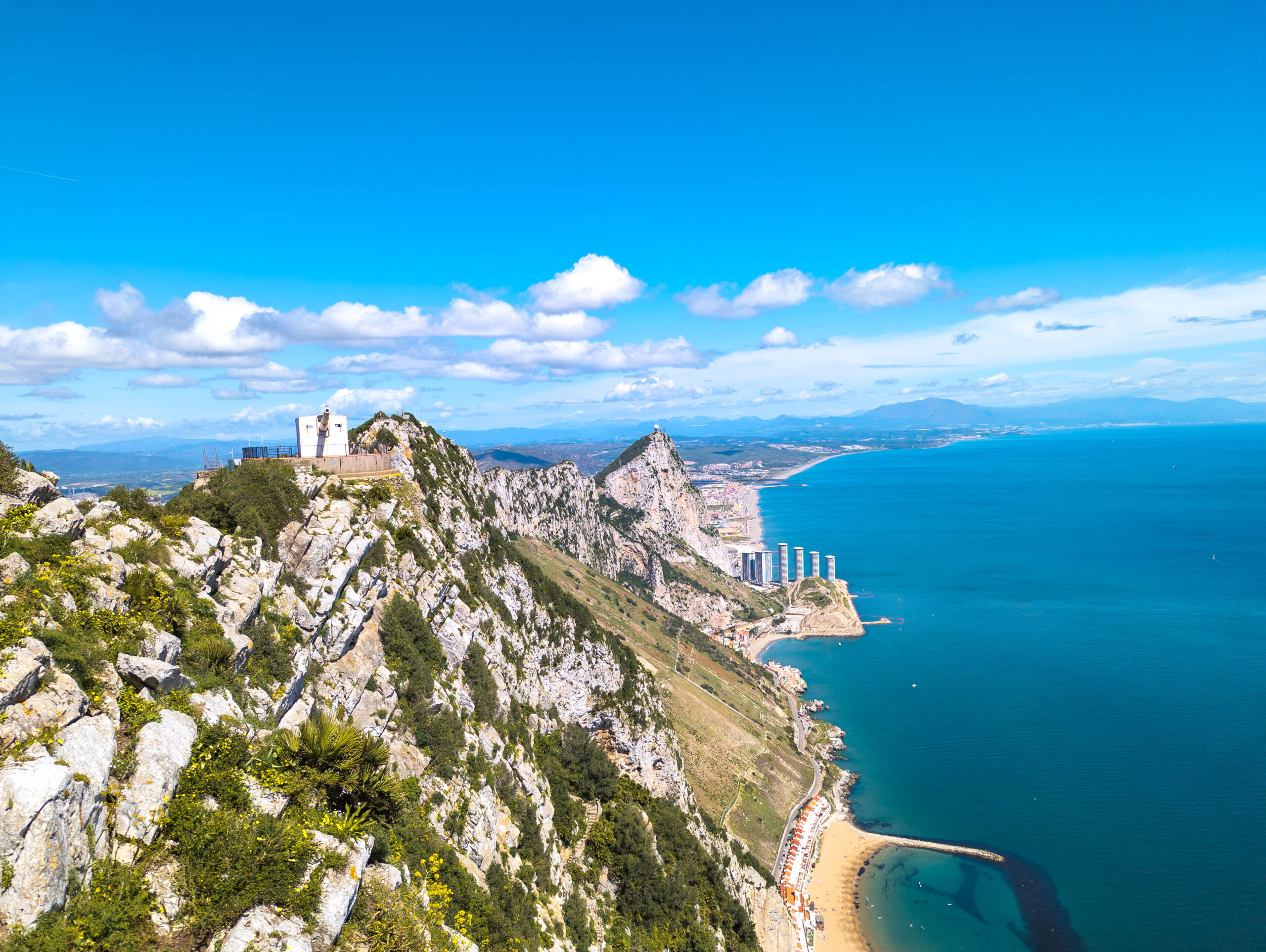
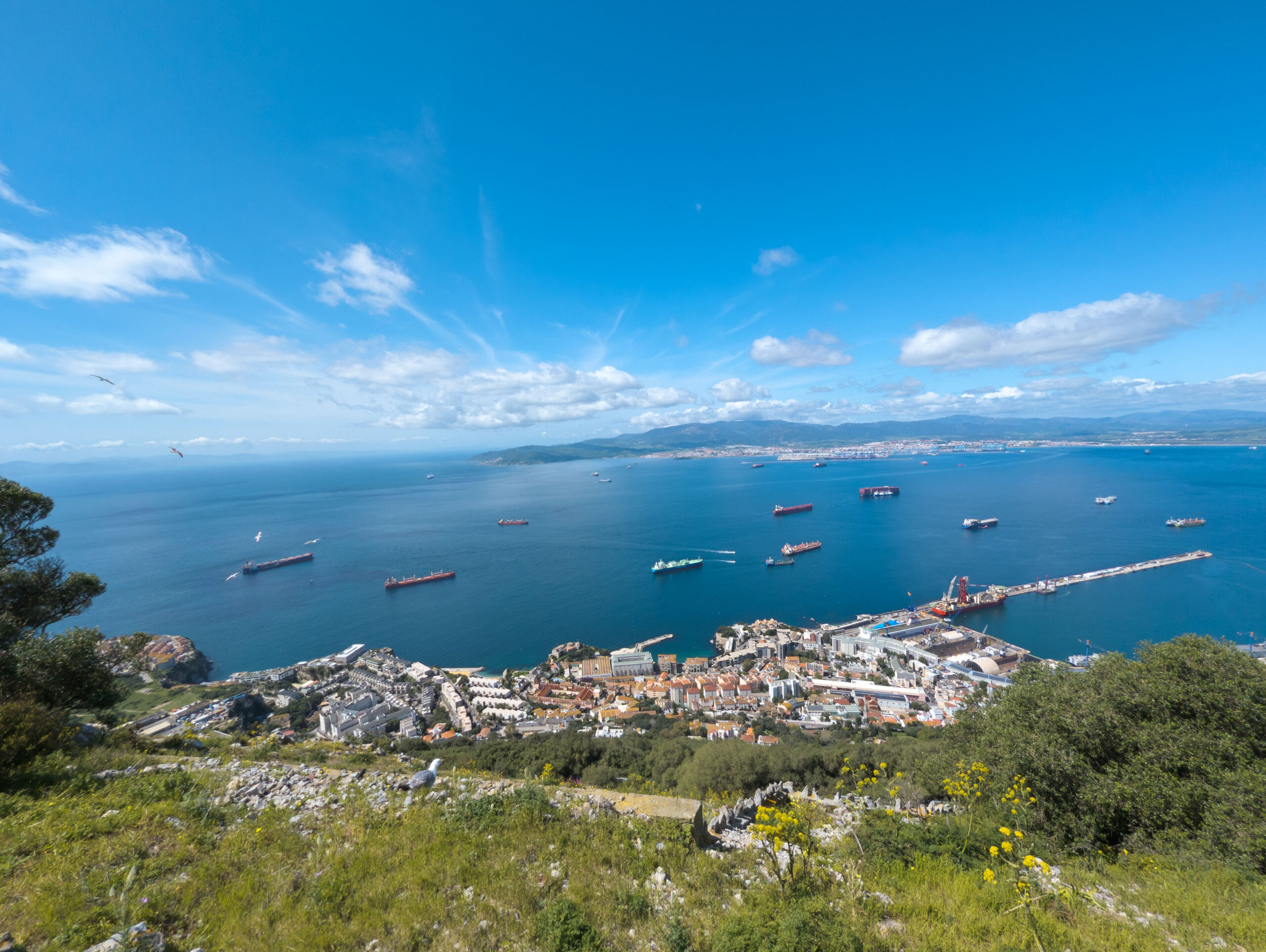

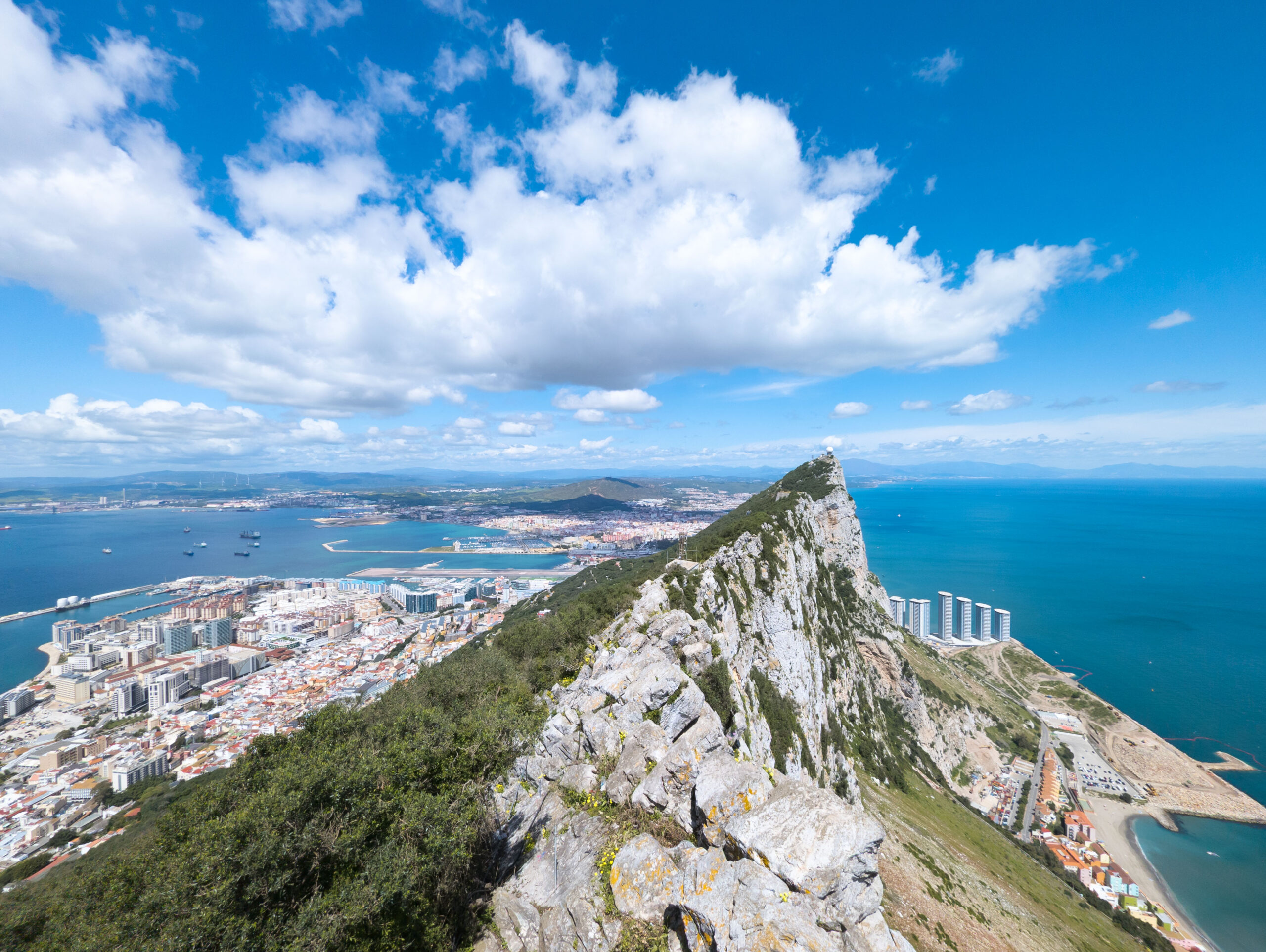
The Scenic Drive to Tarifa: Anticipation Builds
By mid-afternoon, having thoroughly explored the Rock and feeling slightly lighter in the wallet, it was time to head to my final destination for this leg: Tarifa. Leaving Gibraltar and La Línea behind, the drive southwest along the N-340 coastal road towards Tarifa on this beautiful, sunny afternoon was simply incredible. The landscape transforms, with rolling green hills meeting the sparkling blue sea. The infamous wind turbines, harnessing the power of the Strait, begin to dominate the skyline – a clear sign I was approaching Europe’s wind capital. The road twists and turns, offering tantalizing glimpses of the Moroccan coast across the water. And then, finally, the town itself came into view. Seeing Tarifa, a cluster of whitewashed buildings nestled between the Atlantic Ocean and the hills, knowing I’d be living and learning here for the next three weeks, brought an instant surge of excitement and a profound feeling of “Wow, I am incredibly lucky to be here!” This was it. The place where the next chapter, the kitesurfing chapter, was about to begin. The anticipation was palpable.




